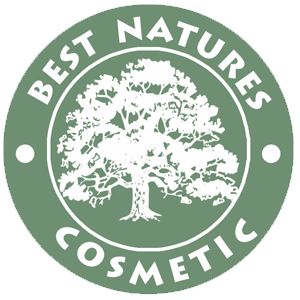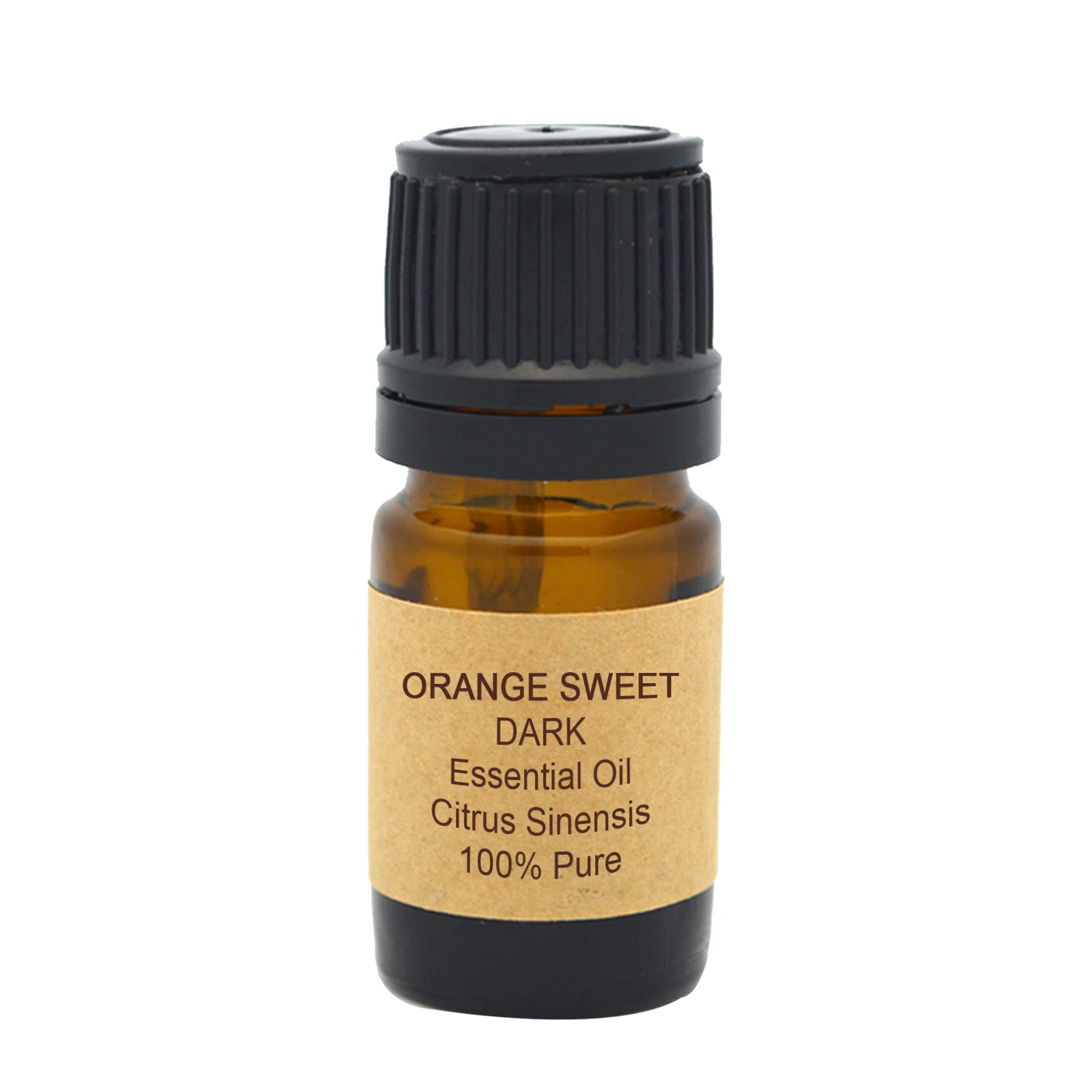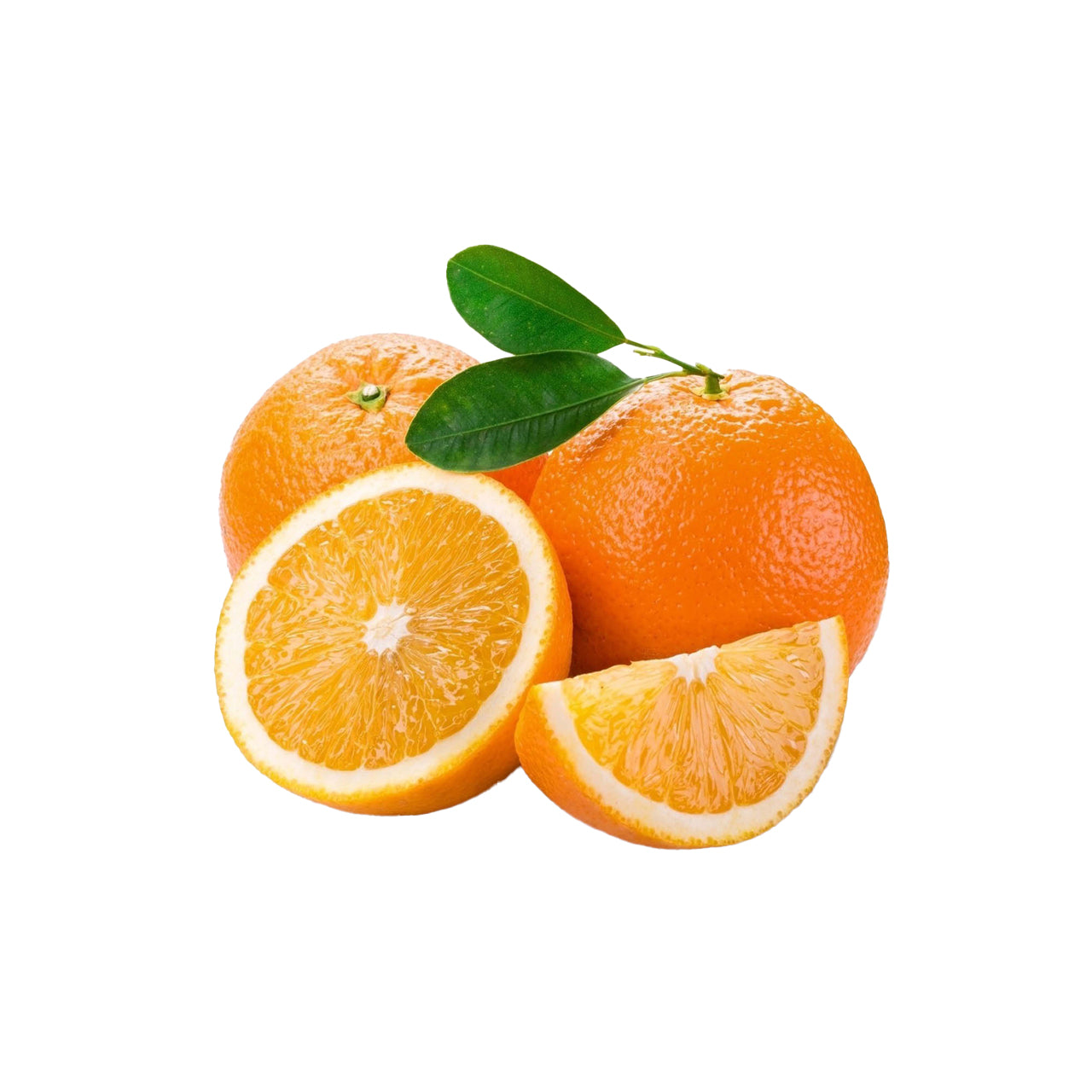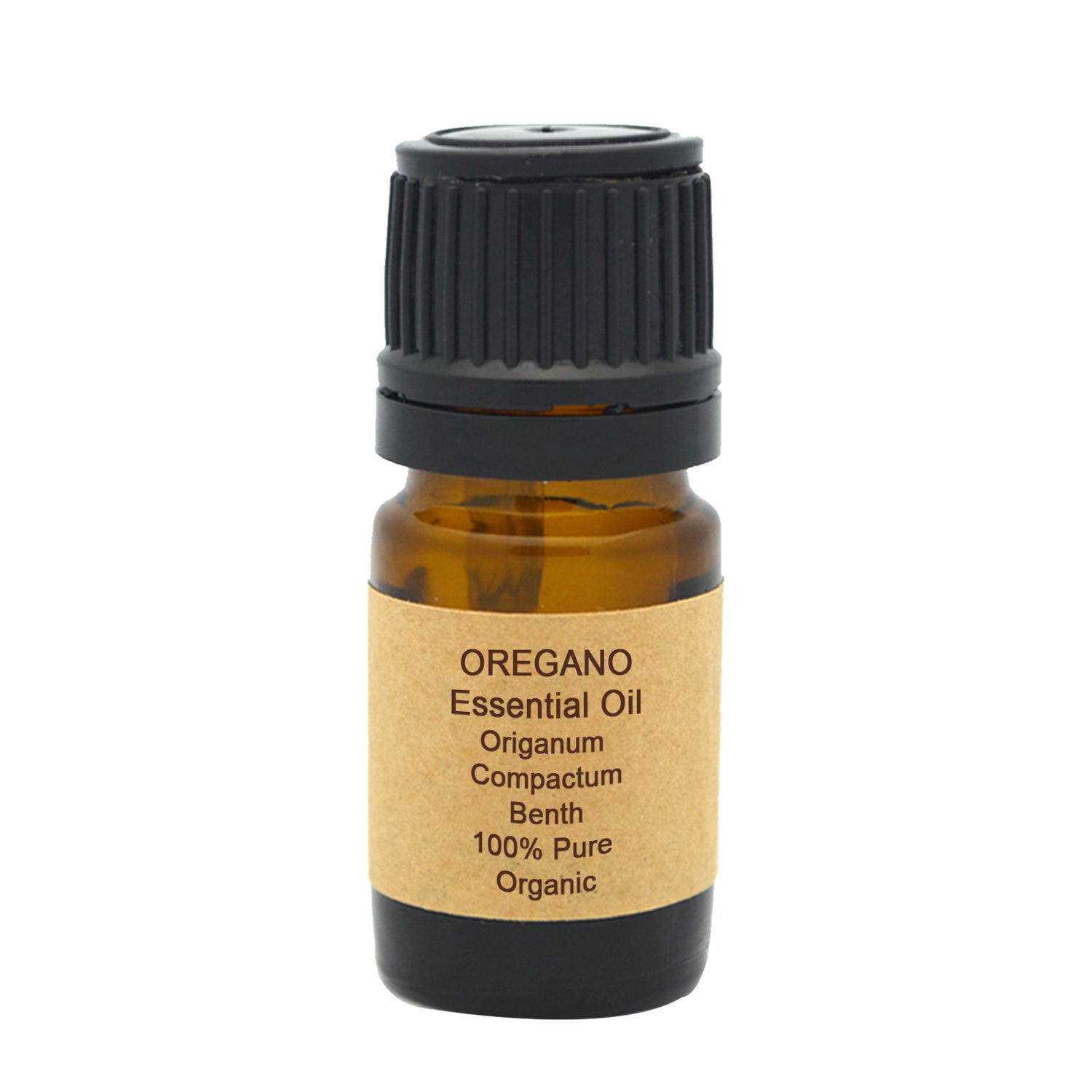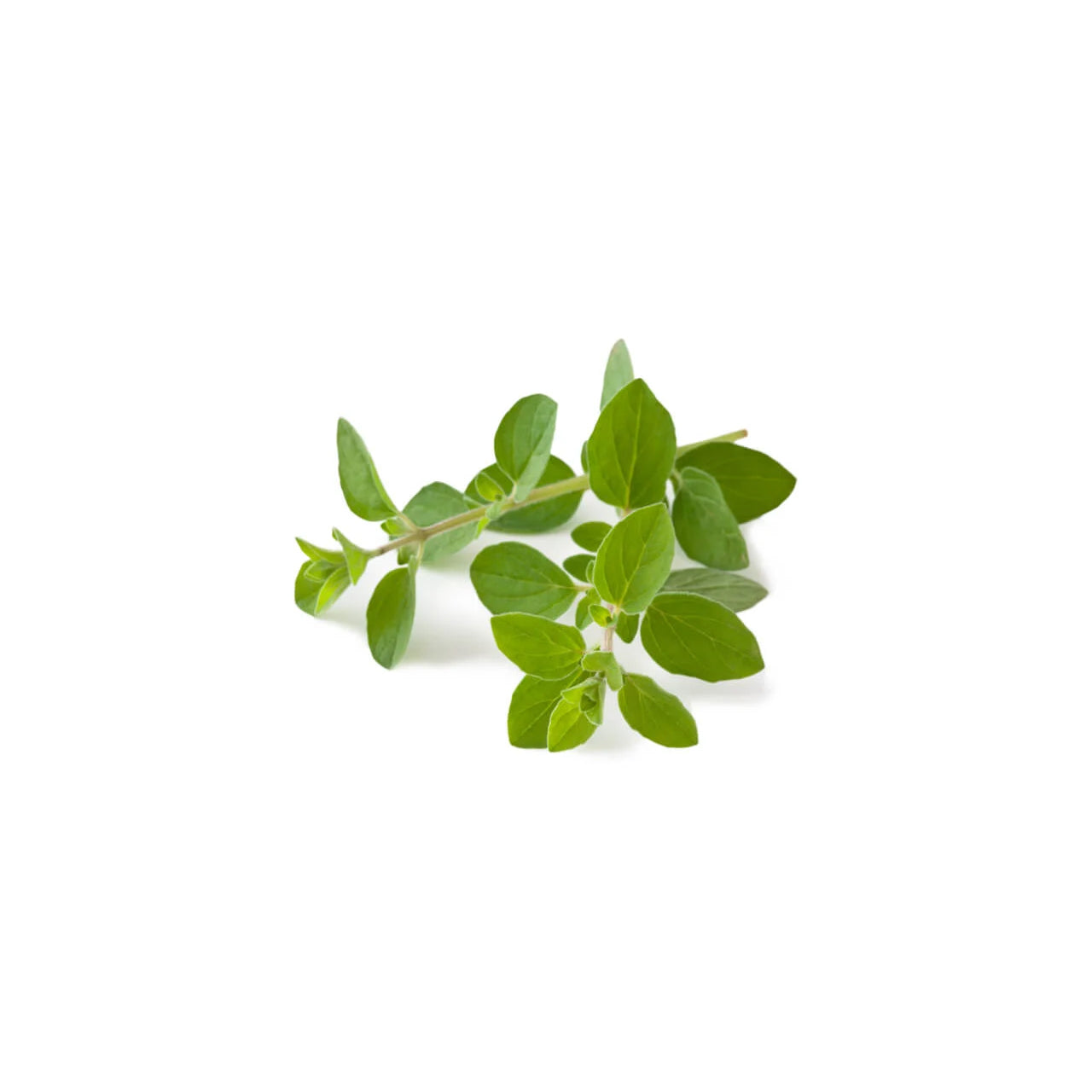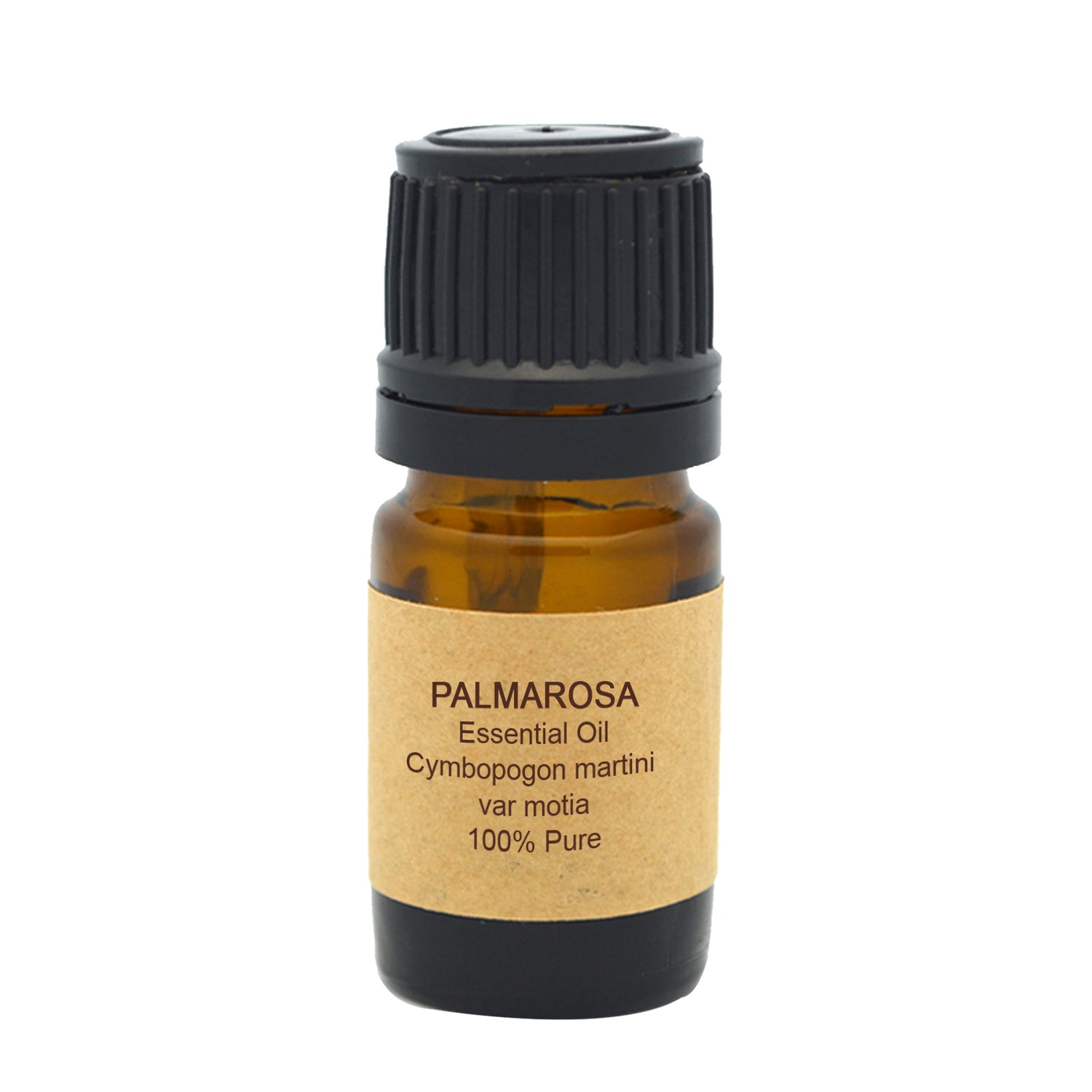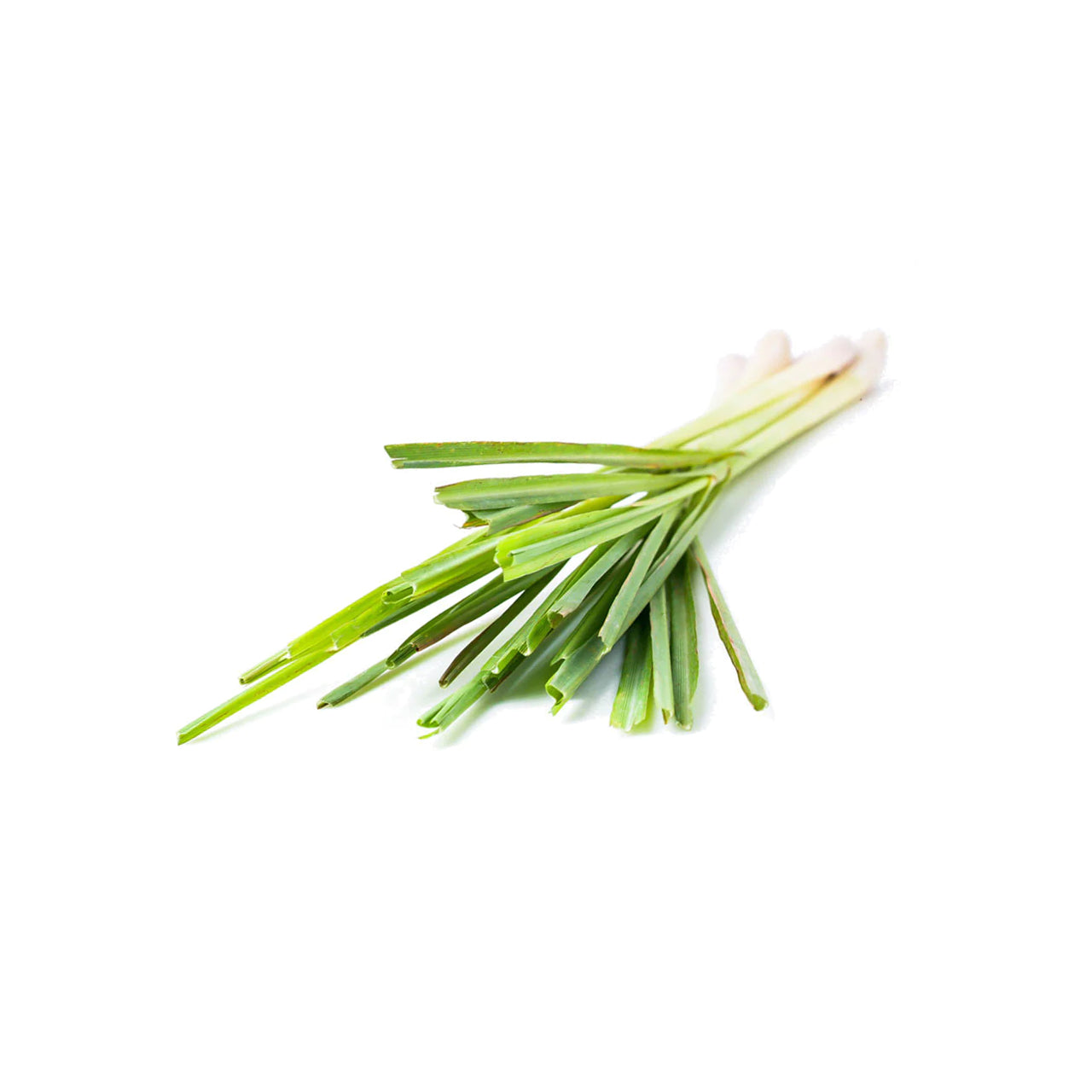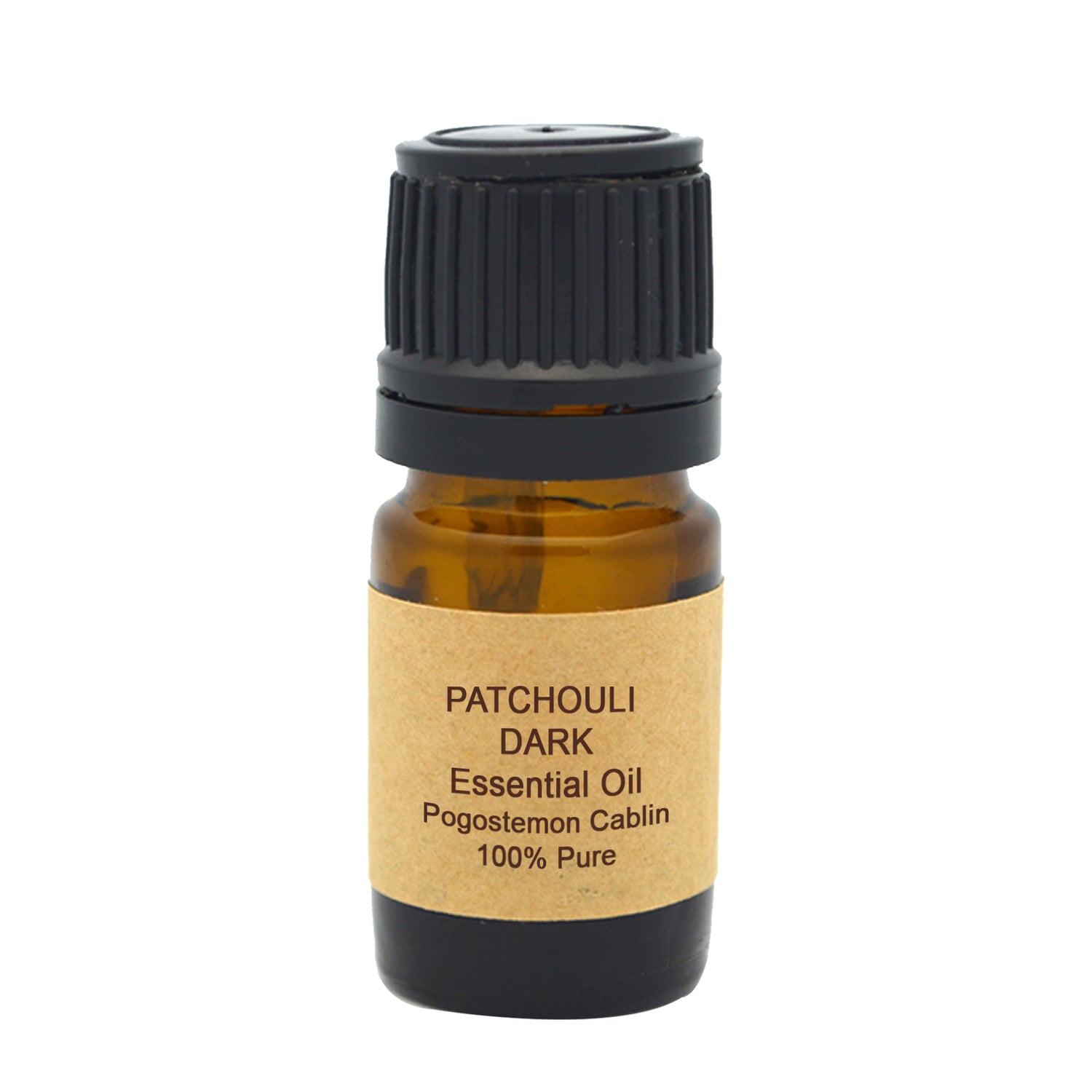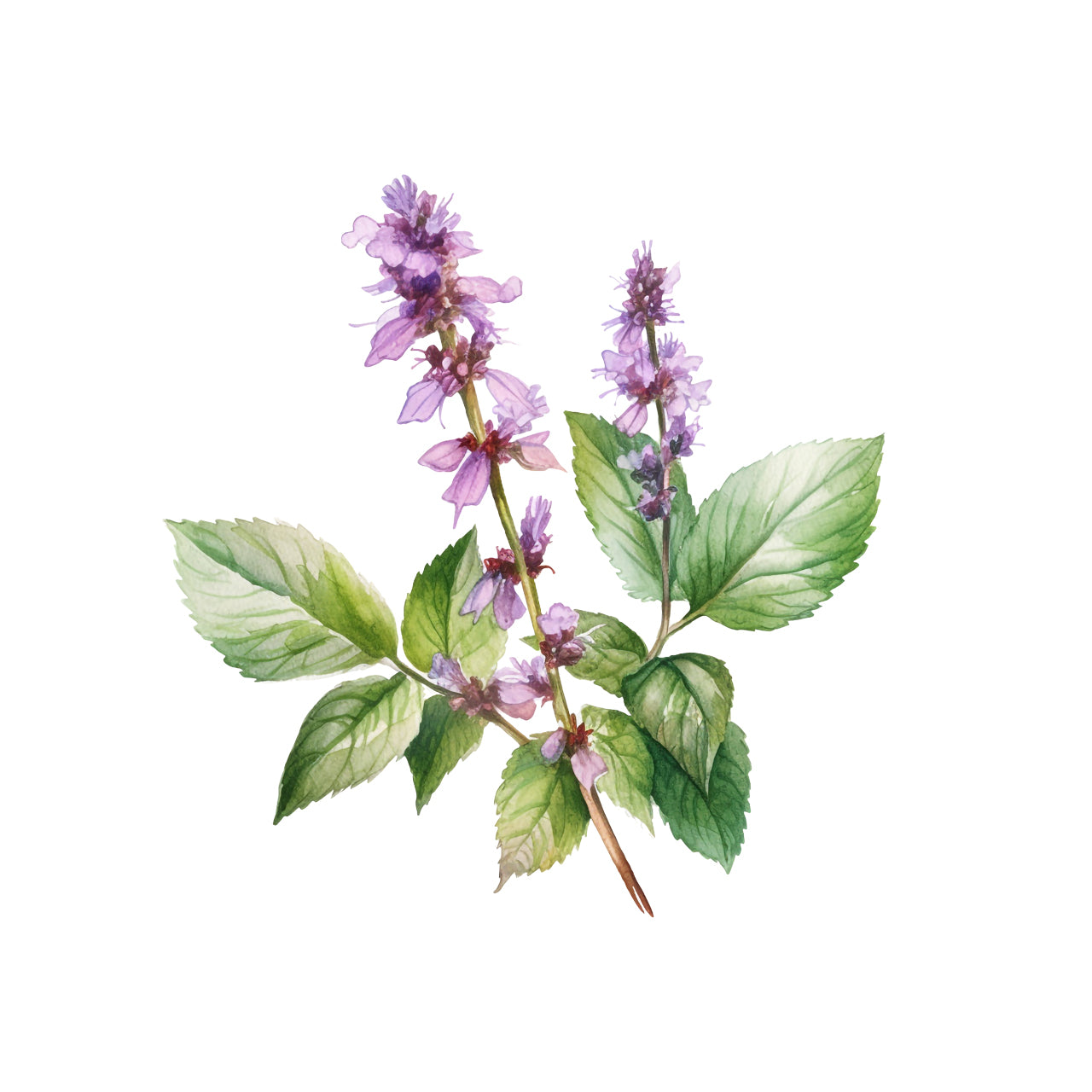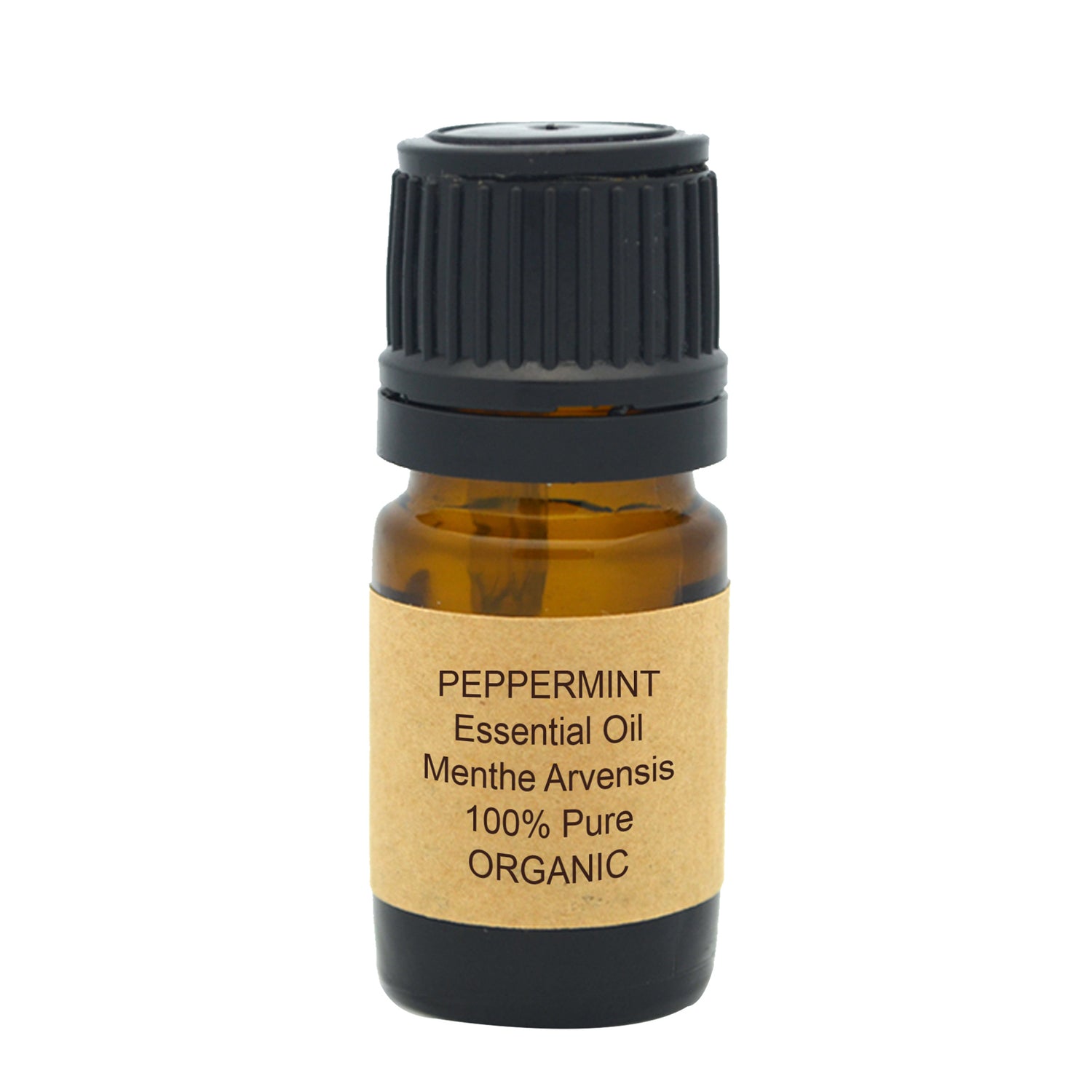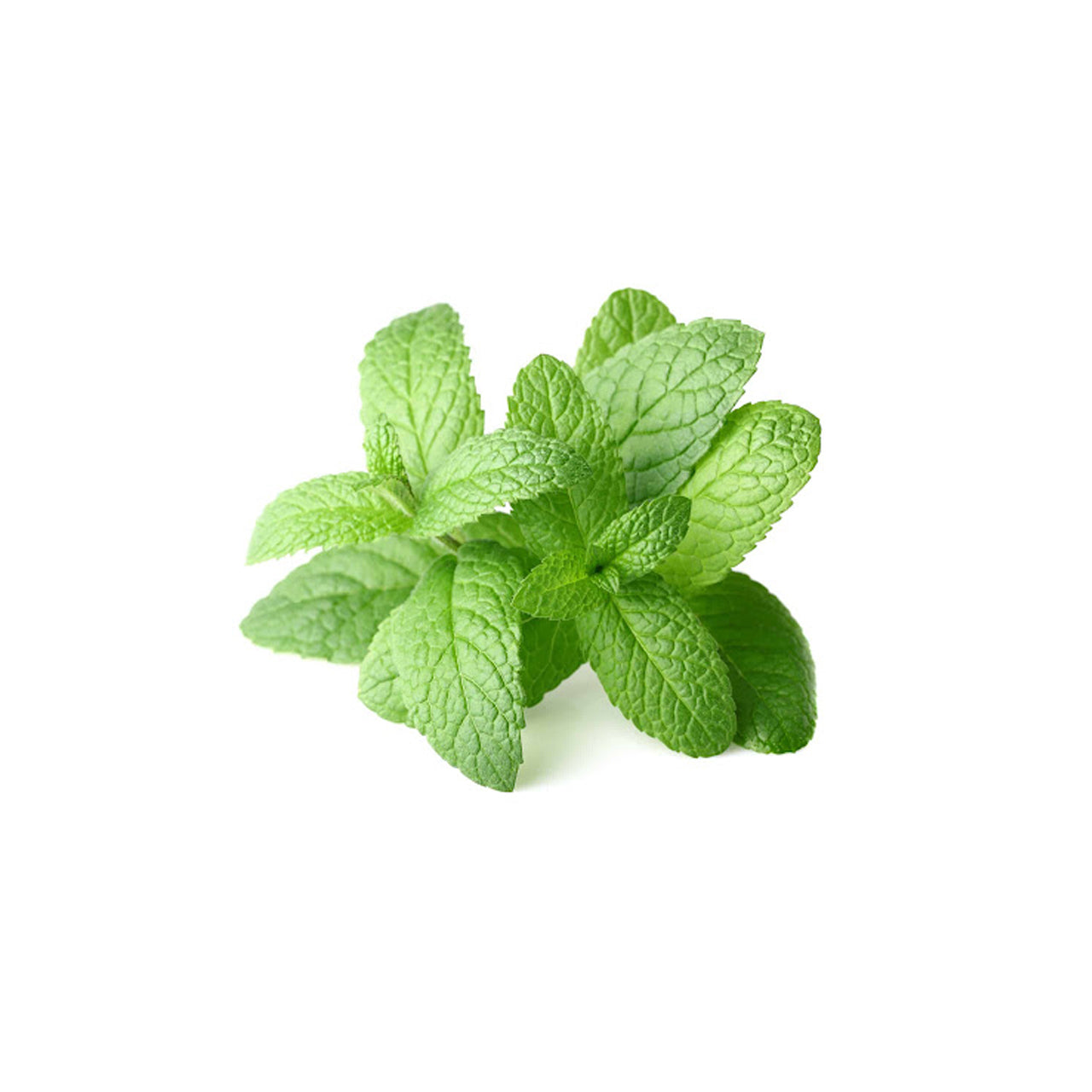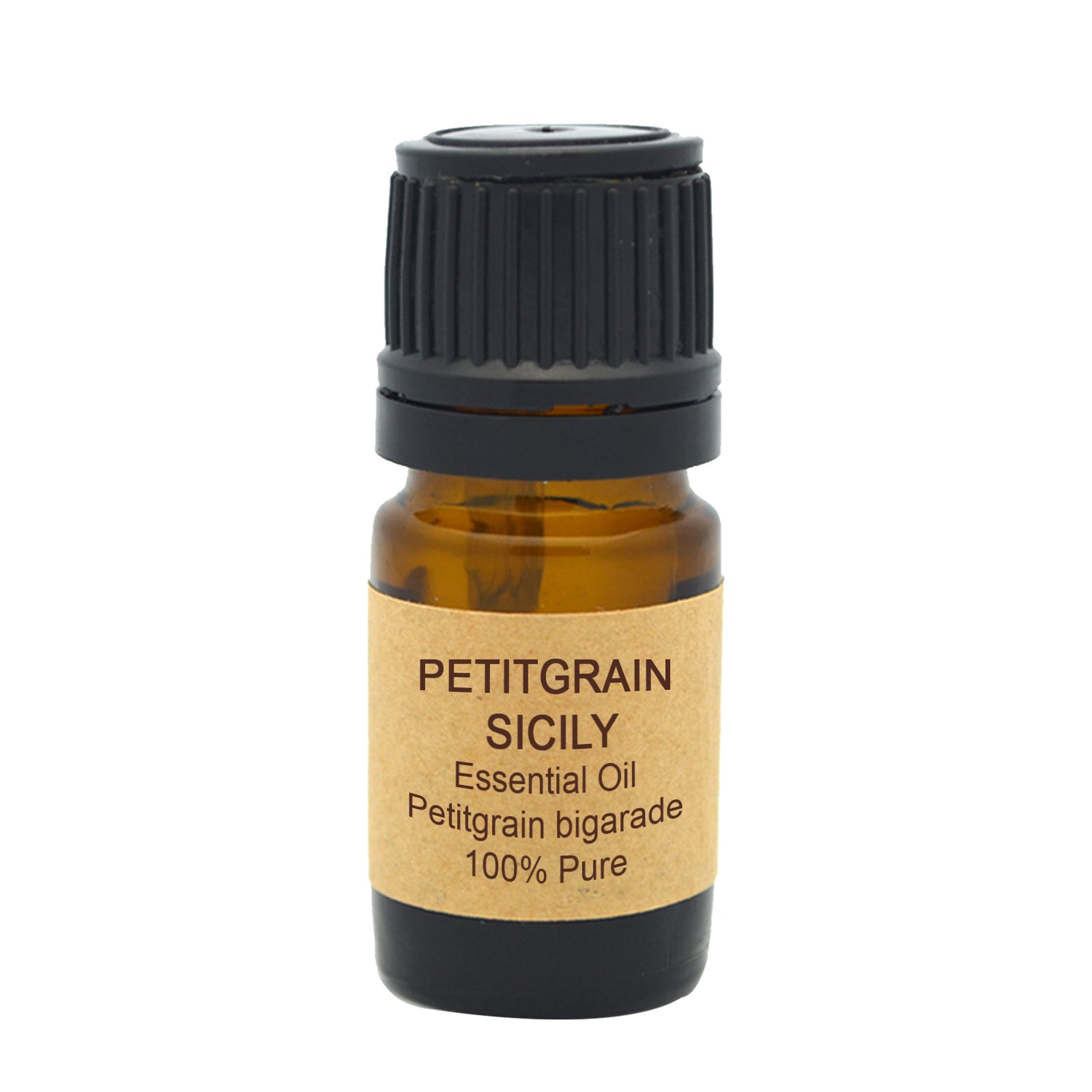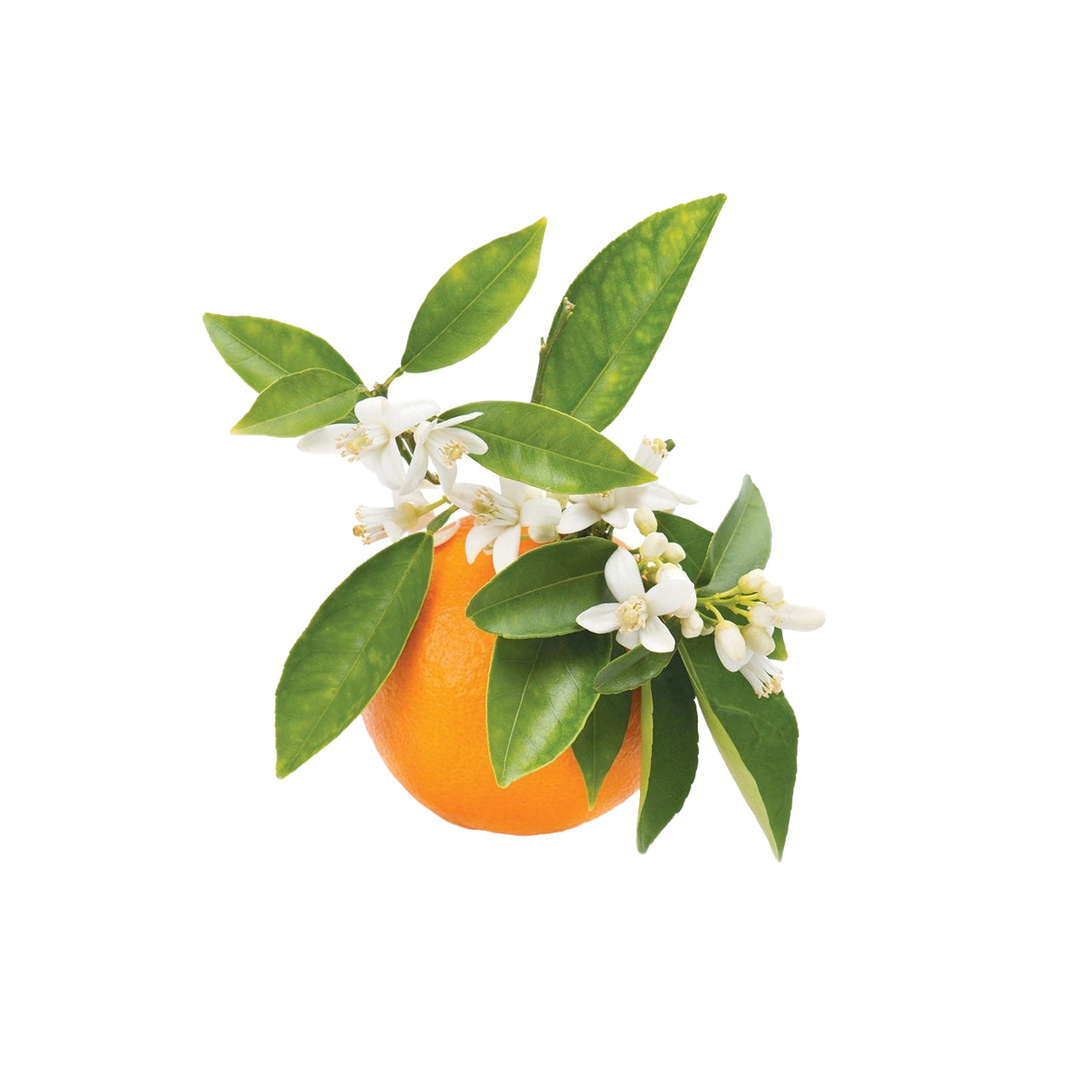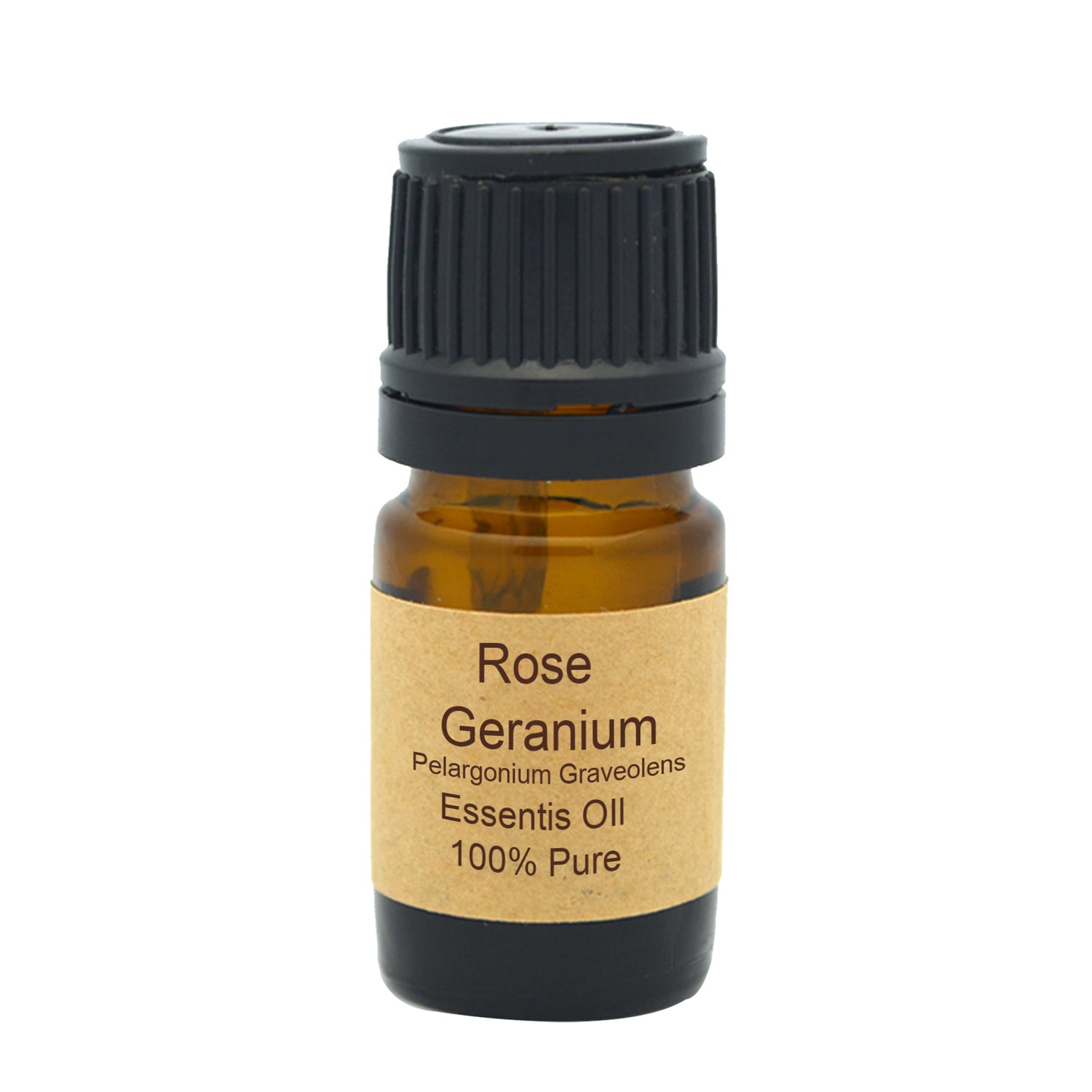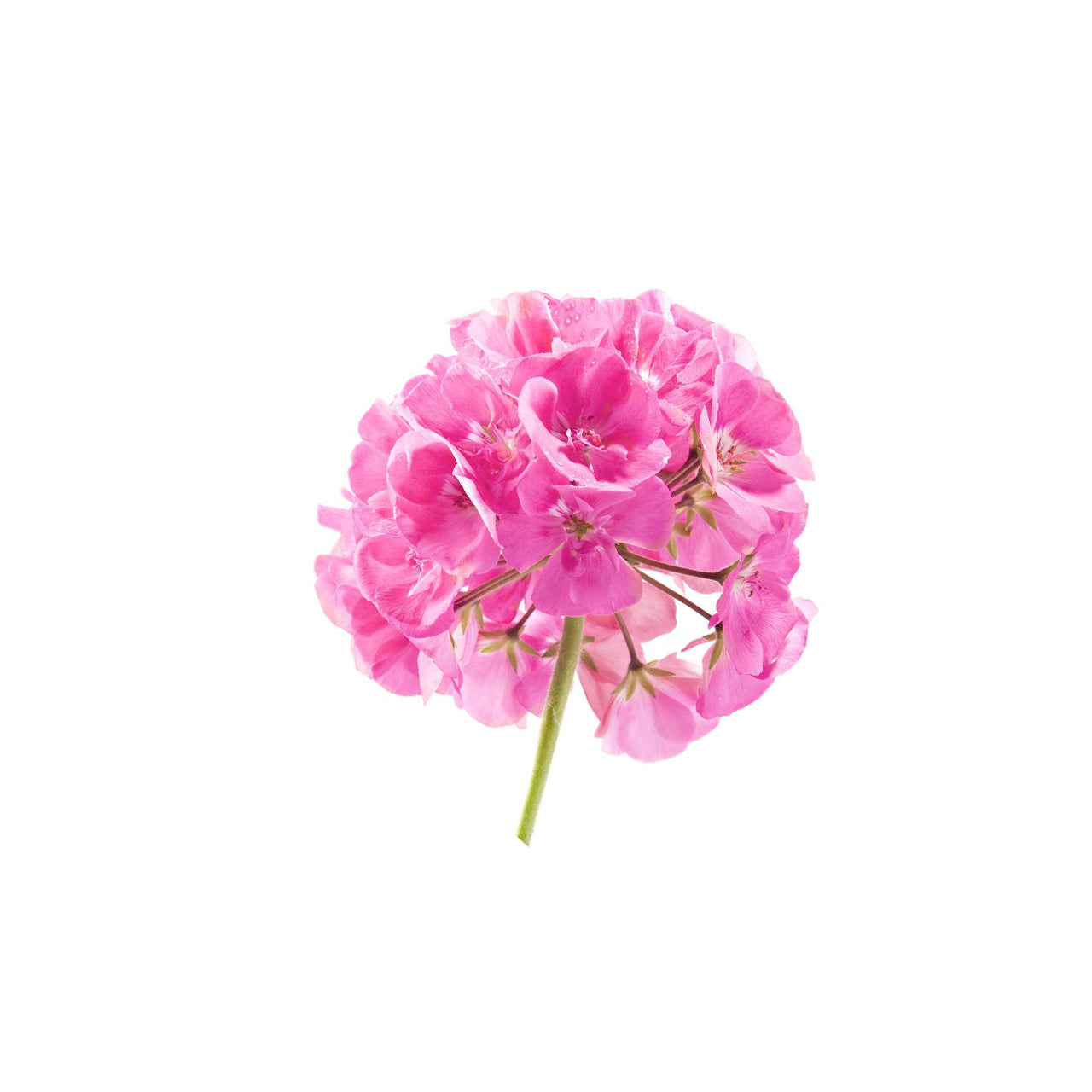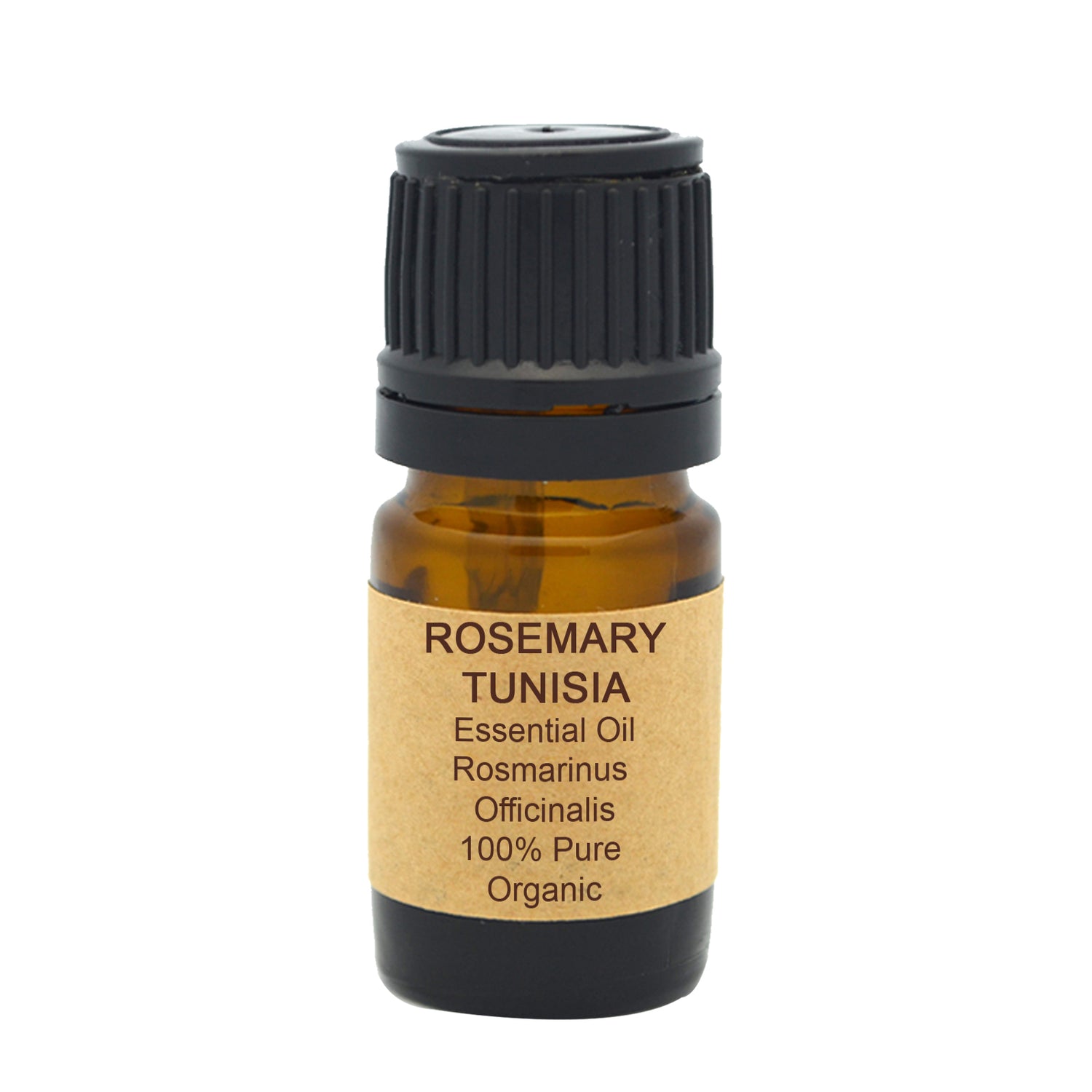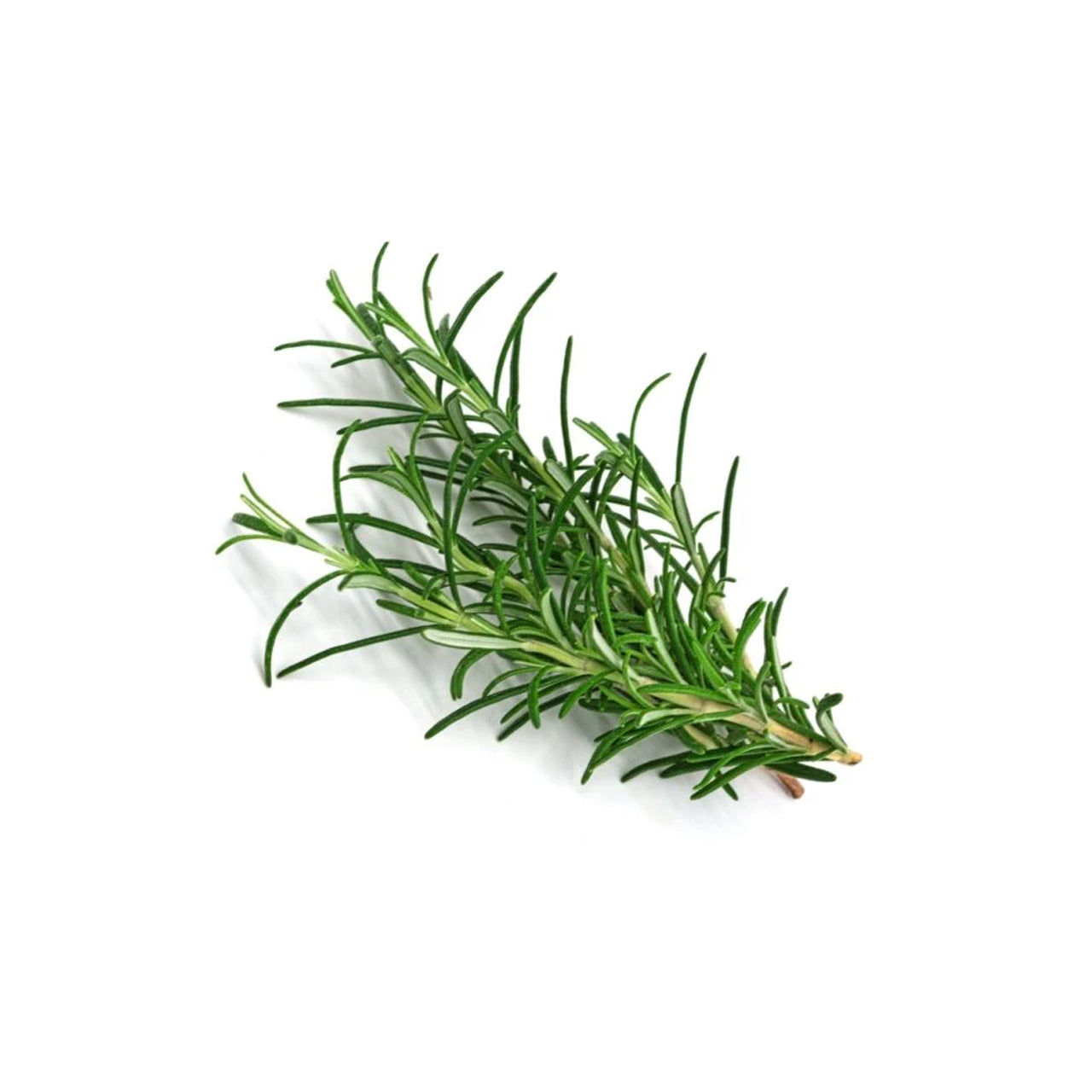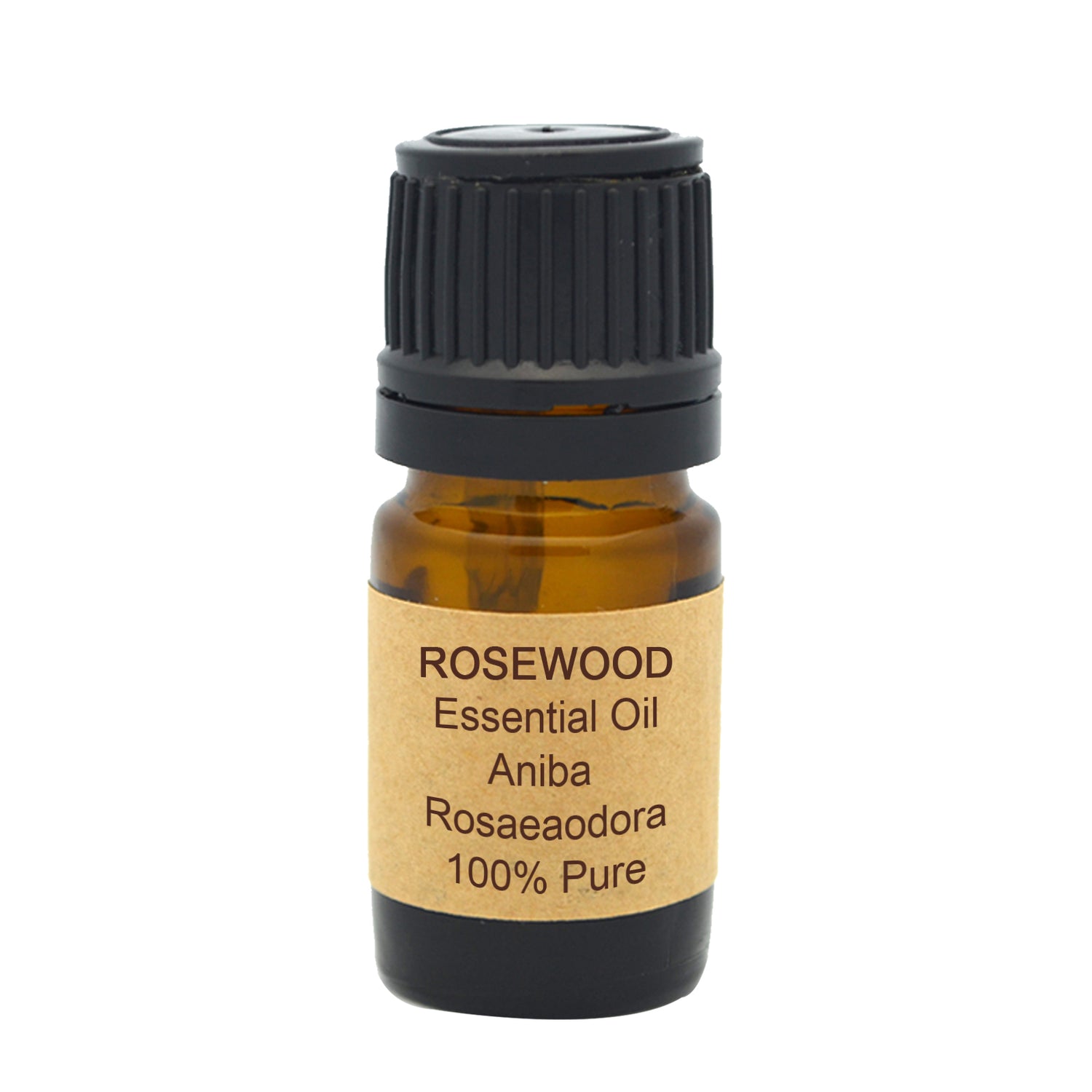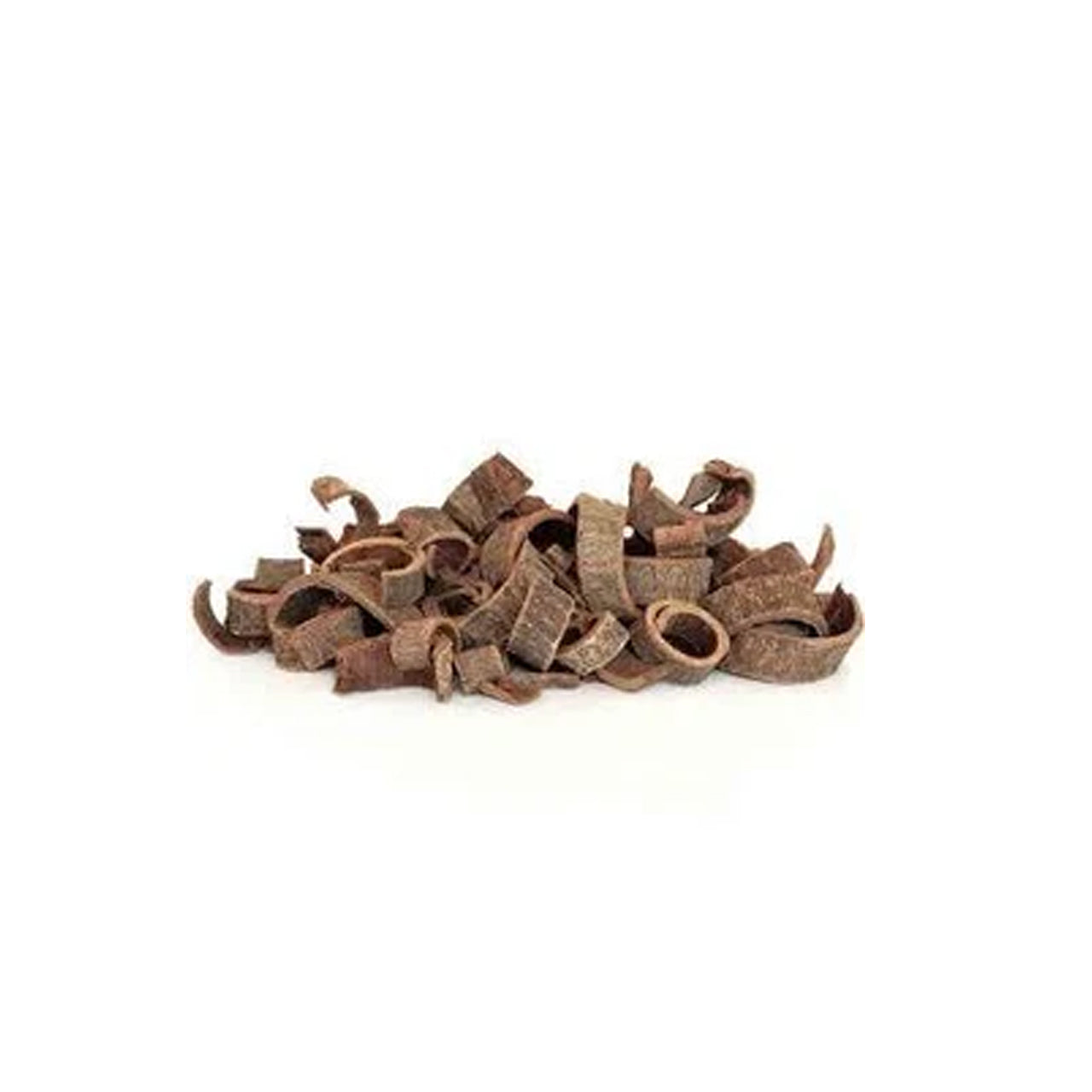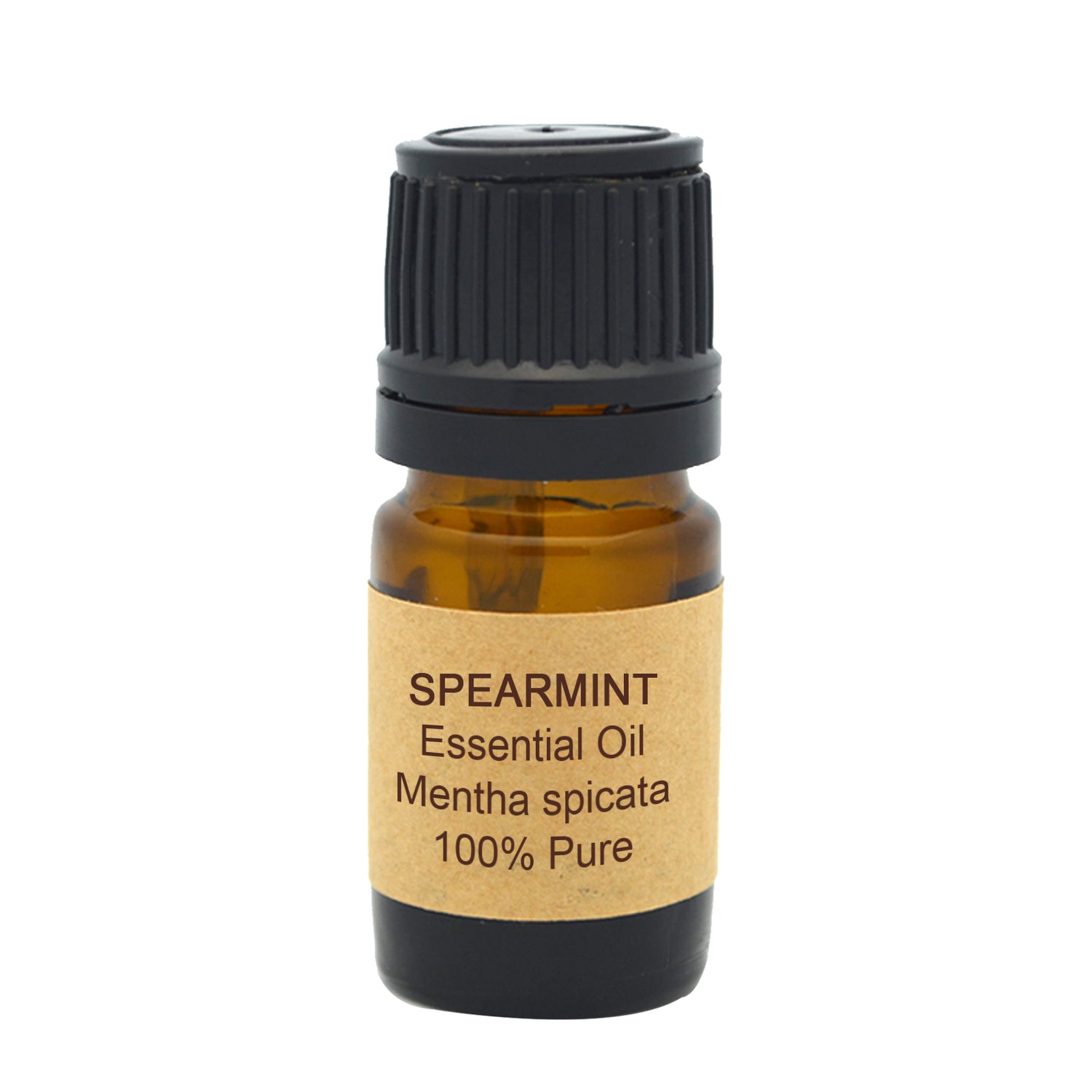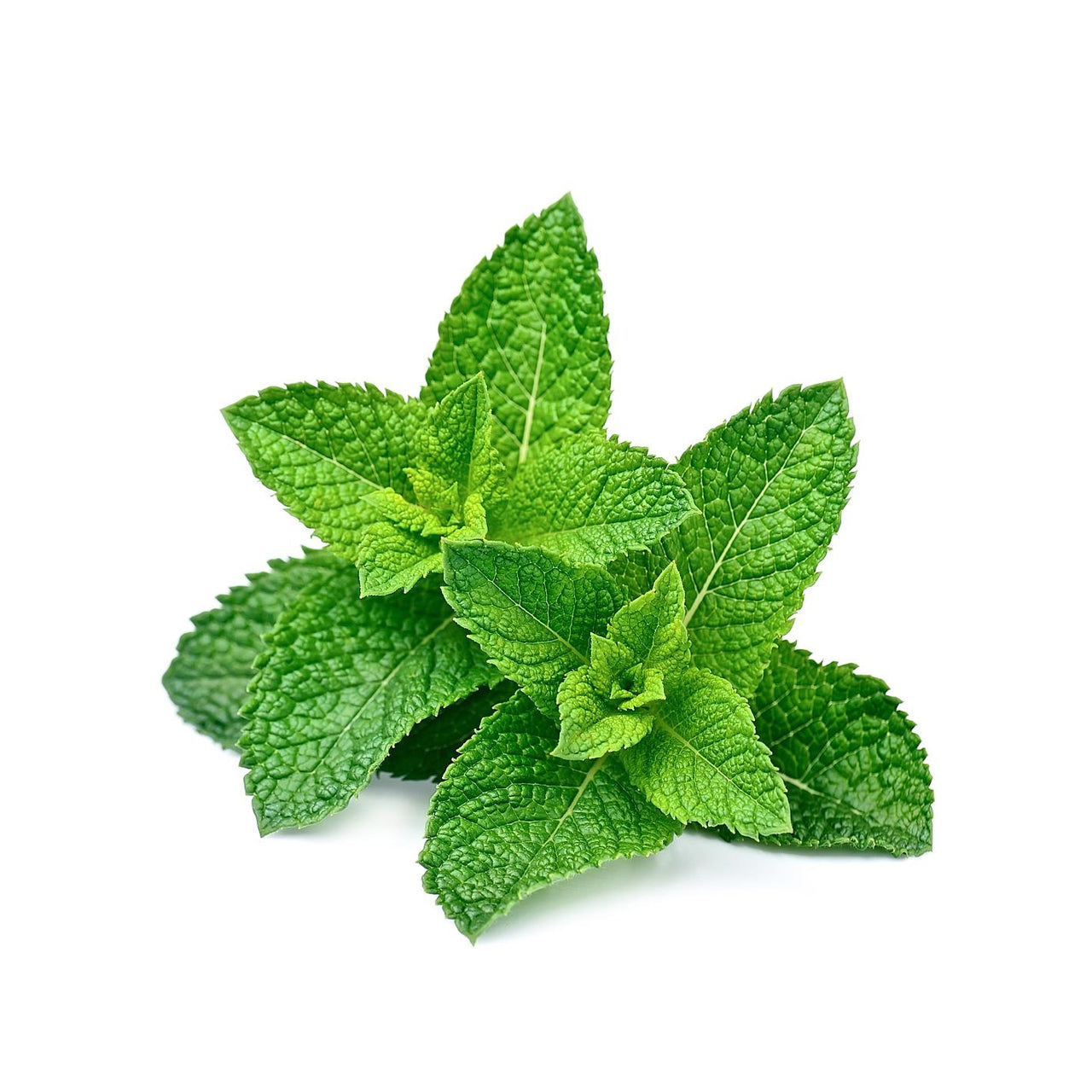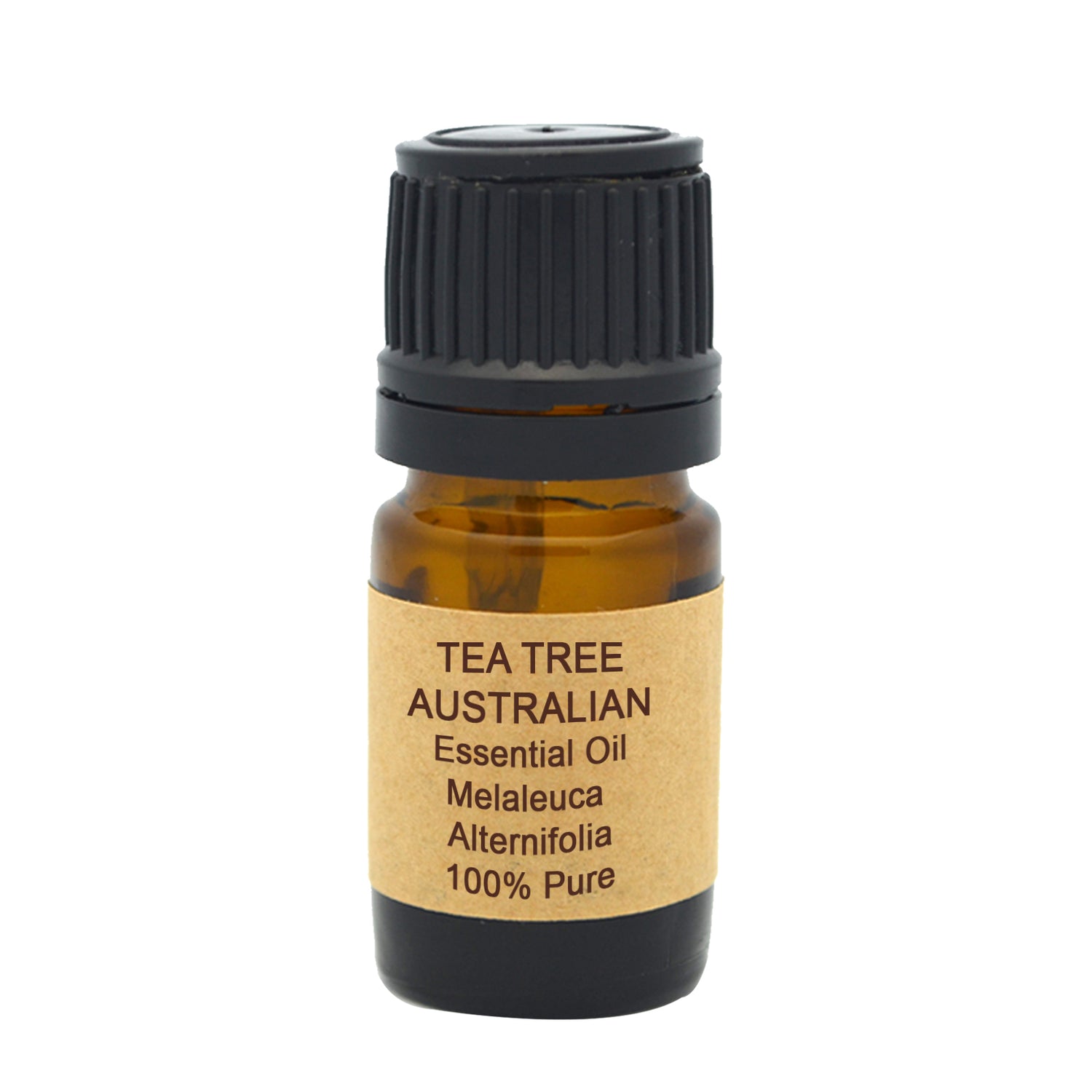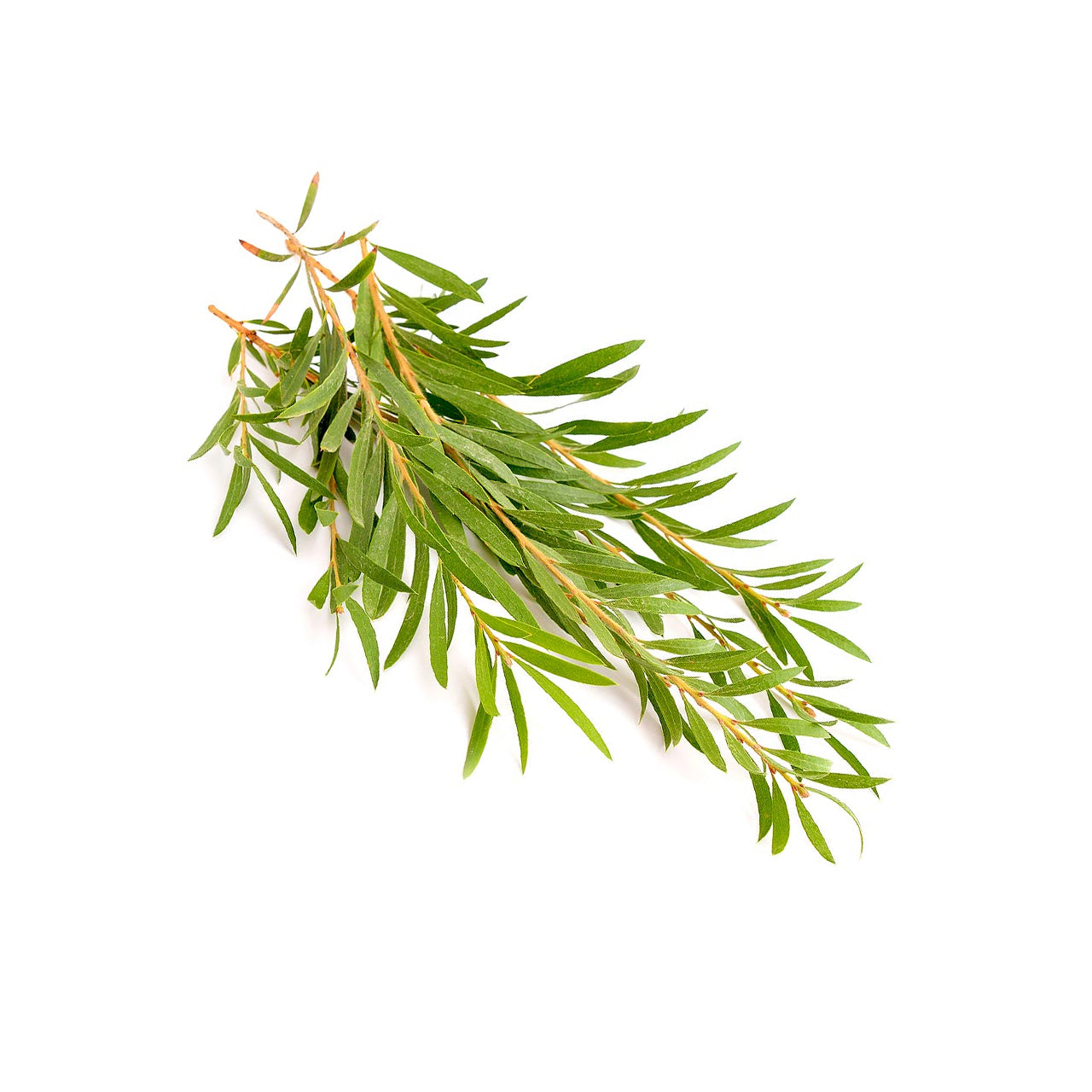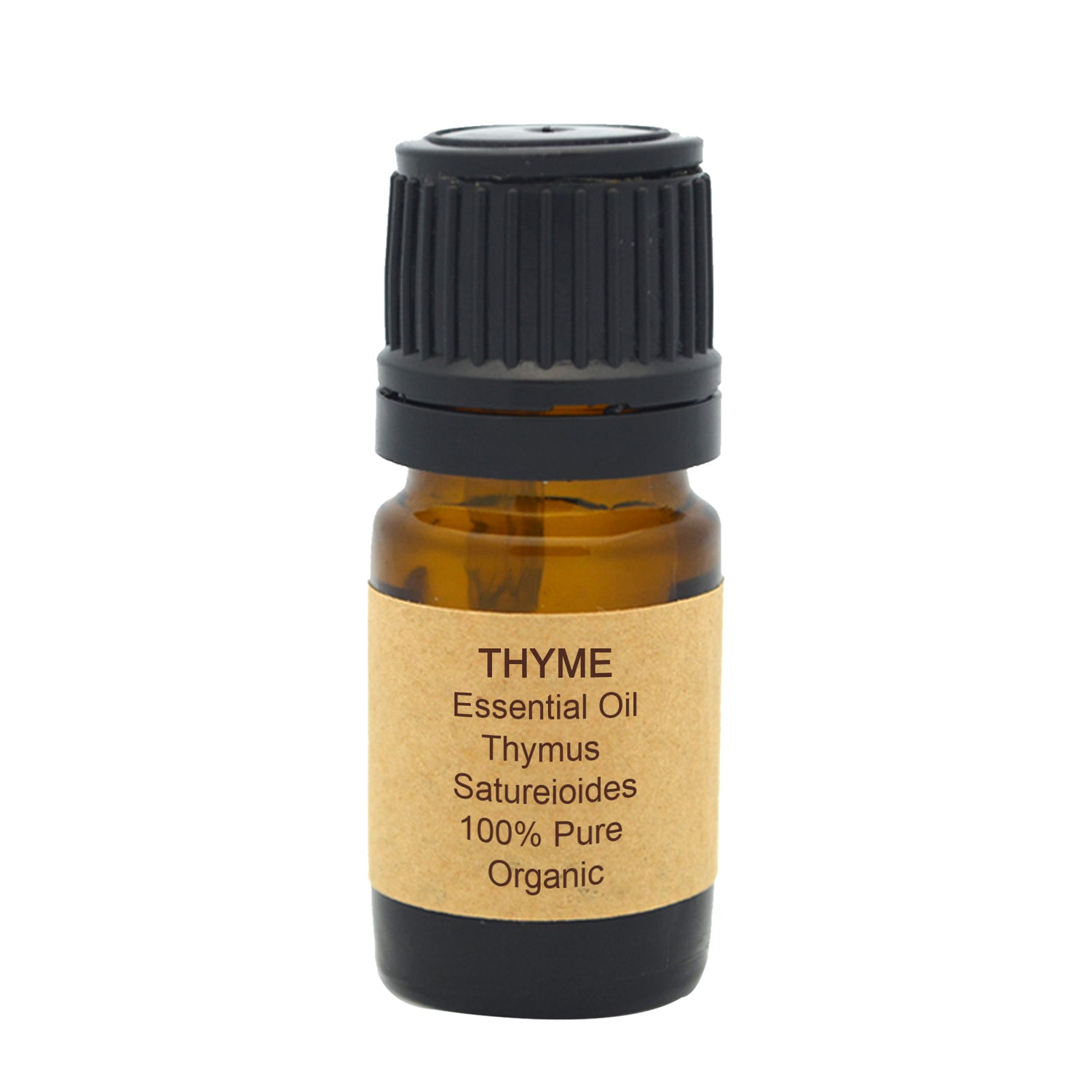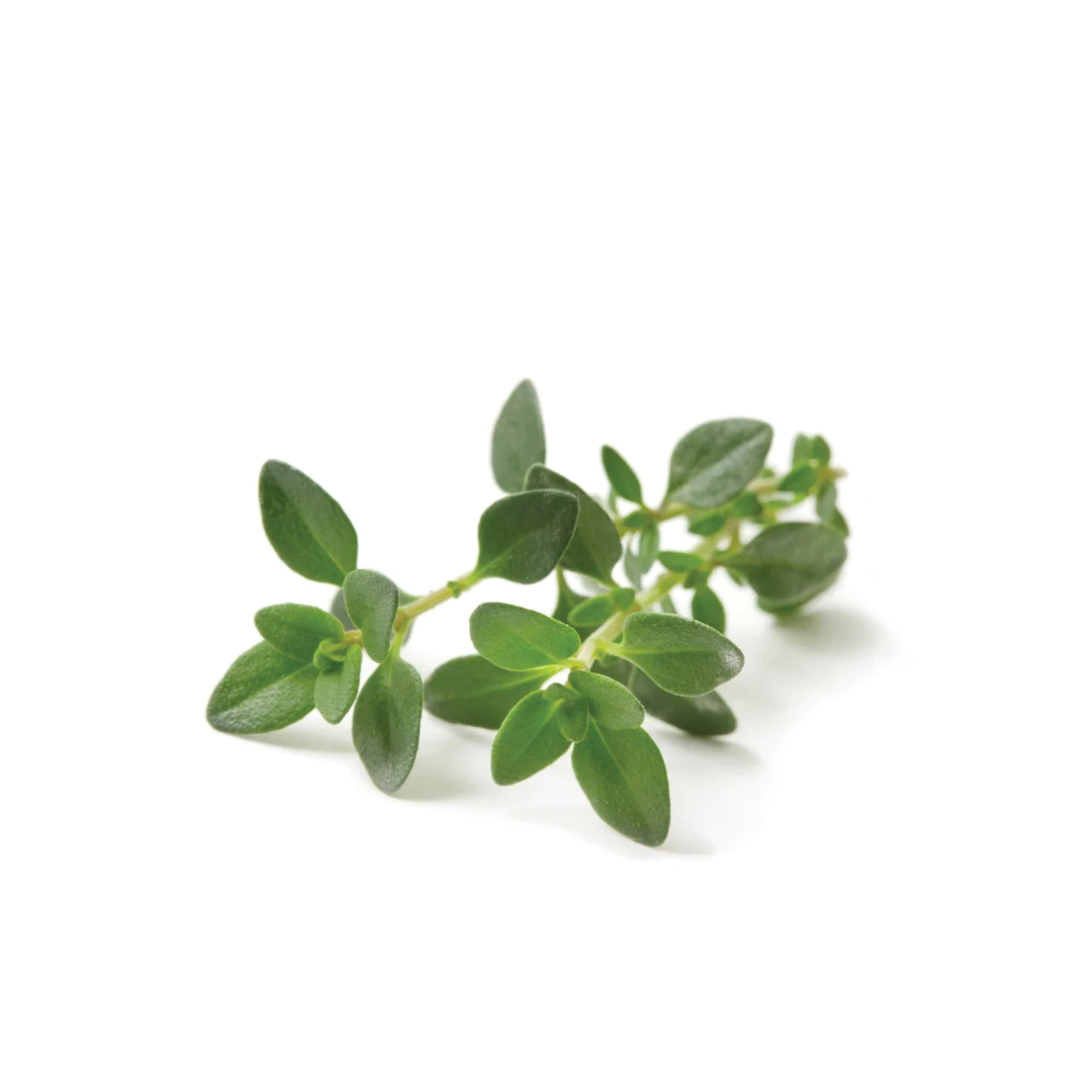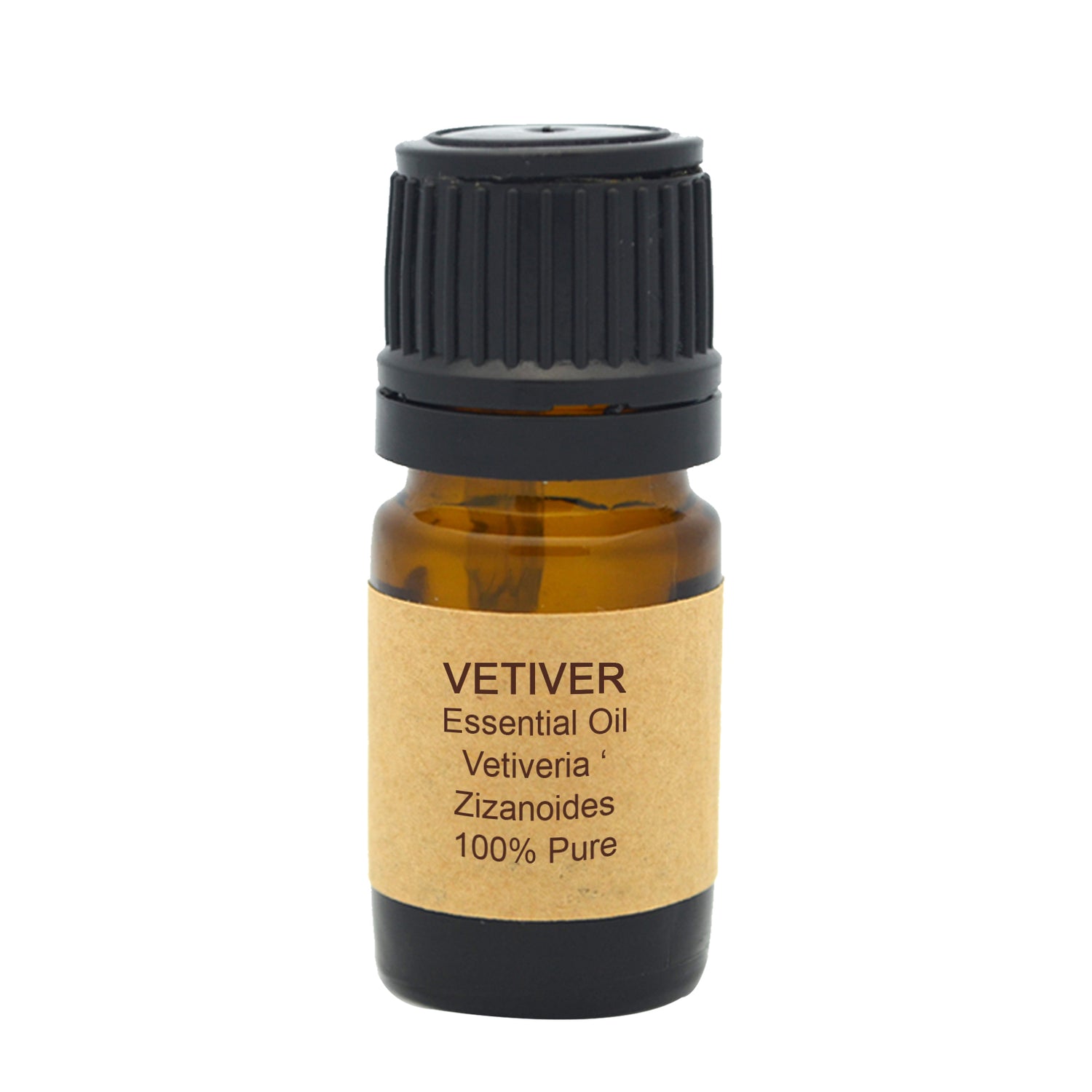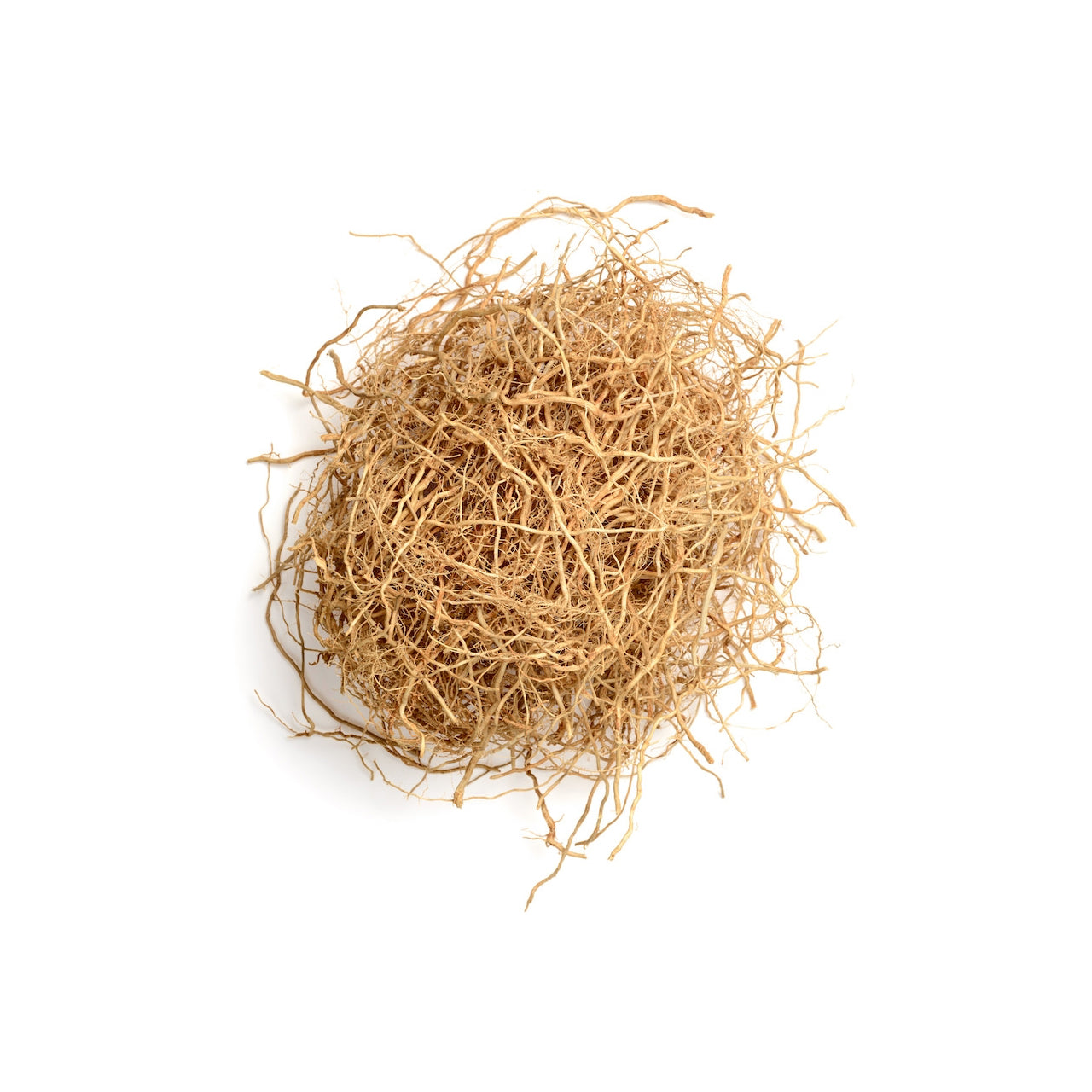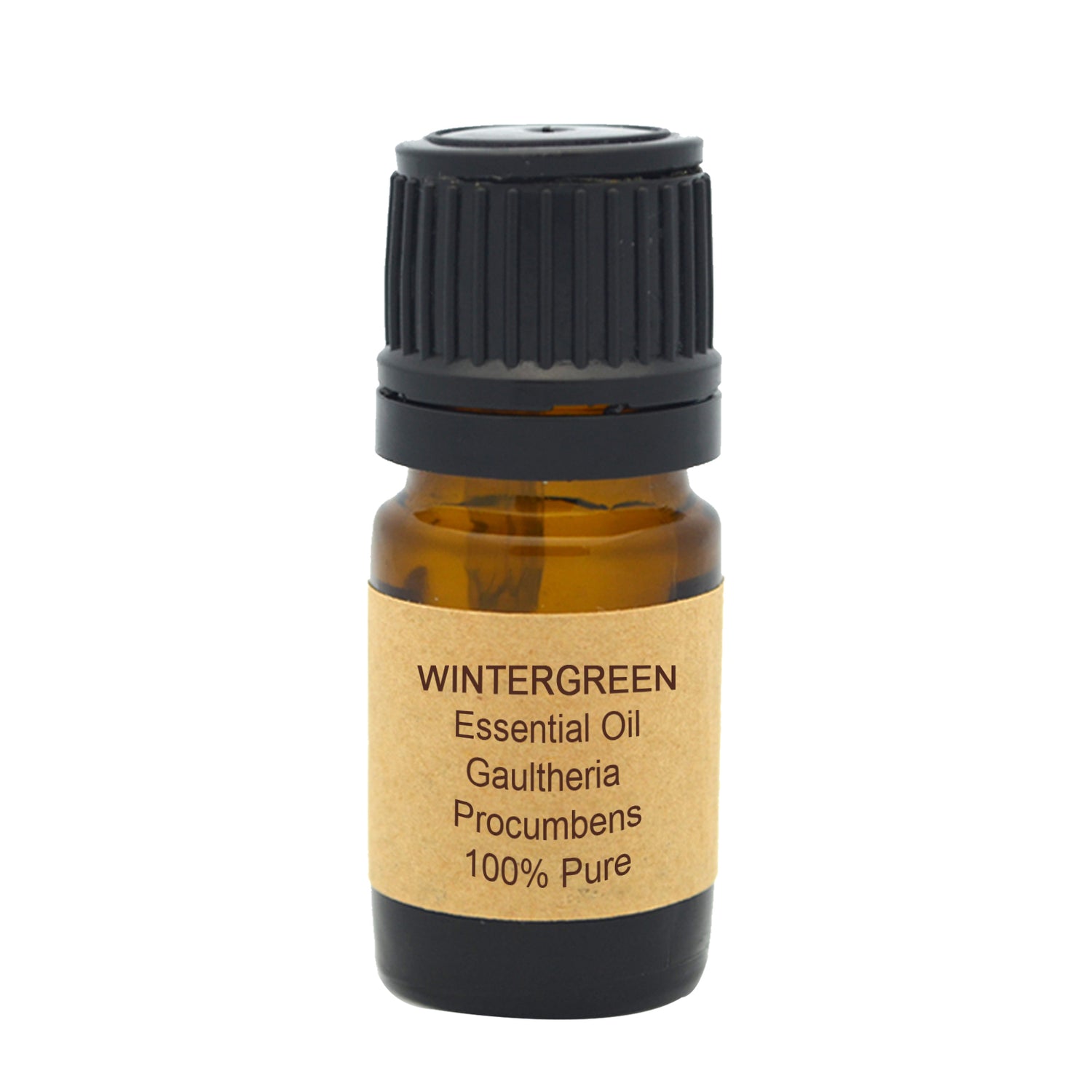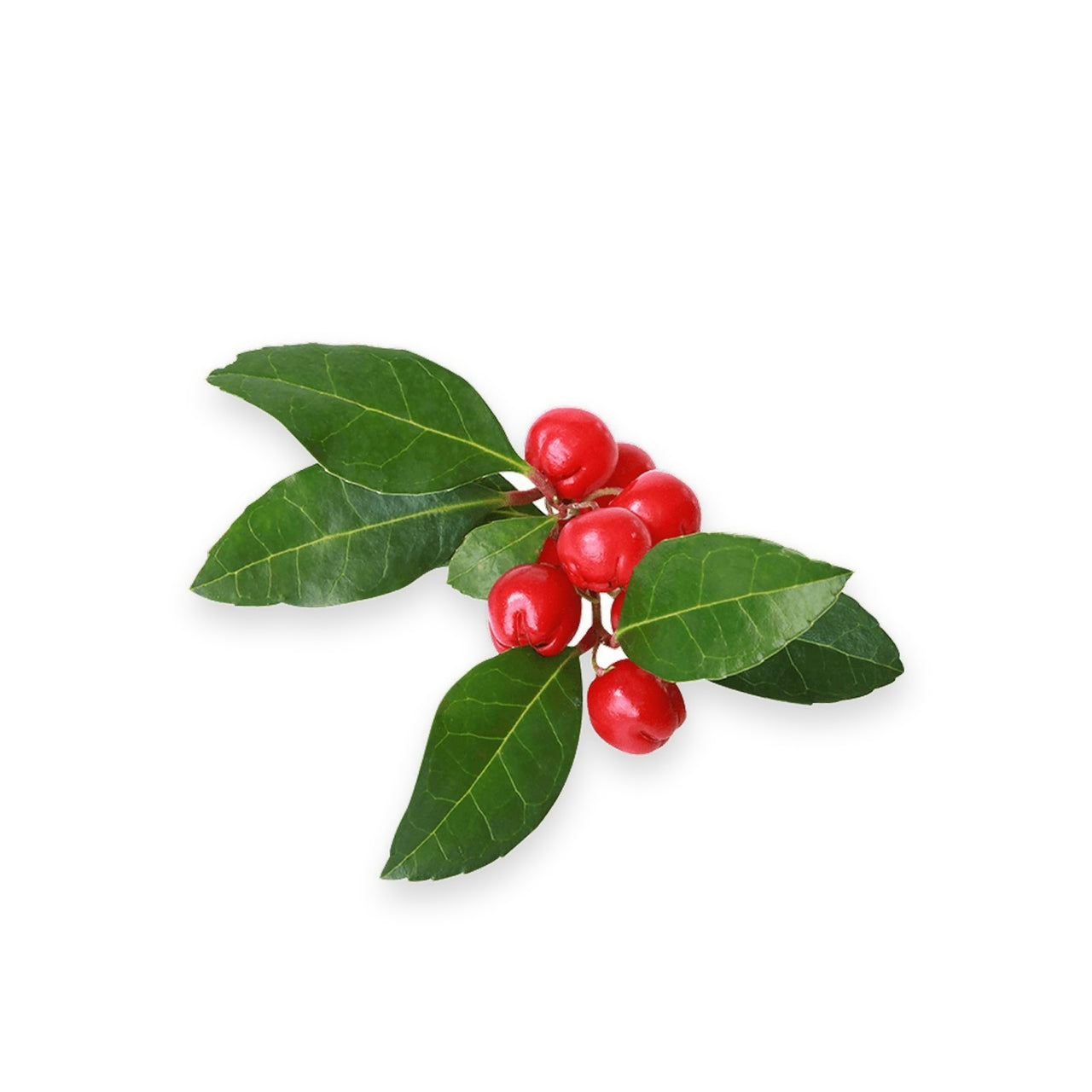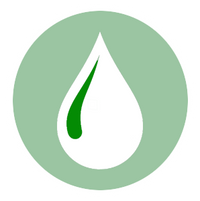46 products
46 products
Sort by:
Essential Oils
From $3.00
Unit price perProperties for Orange Sweet Dark Essential Oil are similar to that of Bitter Orange Oil in its applications. They include being antidepressant, antiseptic, antispasmodic, aphrodisiac, carminative, cordial, deodorant, digestive, stimulant (nervous) and tonic (cardiac, circulatory). It has also been applied to combat colds, constipation, dull skin, flatulence, the flu, gums, slow digestion, and stress. It differs from regular Orange Sweet in that it is from a first pressing that enhances the therapeutic quality.
It is a sunny and radiant oil, bringing happiness and warmth to the mind and helps people to relax and helps children to sleep at night. Orange oil can be used effectively on the immune system, as well as for colds and flu and to eliminate toxins from the body.
It is a good diuretic and is most useful in balancing water retention and obesity. Its lymphatic stimulant action further helps to balance water processes, detoxification, aiding the immune system and general well-being.
For the digestive system, orange oil can help with constipation, dyspepsia and as a general tonic. It is also useful in cases of nervous tension and stress.
In vapor therapy, orange oil can help with colds and flu, nervous tension and stress and helps to create a feeling of happiness and warmth, while helping children fall asleep at night.
As a blended massage oil or added to a bath, it assists with colds and flu, eliminates toxins, boost the lymphatic and immune system and helps ease nervous tension and stress.
When used in a cream or lotion it also assists the lymphatic system, helping to detoxify a congested skin and although it is a good general skin tonic, it is great for older more mature skin, dealing with dermatitis, as well as acne and soothing a dry irritated skin. The general tonic action seems to stem from the action it has on supporting collagen formation in the skin, which is required for a healthy, young-looking skin.
Sweet orange oil contains about 90% limonene, which is in many household cleaners. Because of this sweet orange oil is used as a earth friendly alternative to many common household cleaners.
Use diluted - 50:50 dilution (one part essential oil: one part of carrier oil). Then, apply several drops (2-4) on location, ankles and wrists. Apply to chakras/vitaflex points. Directly inhale or diffuse.
What Chakra is AffectedThe sacral and solar plexus chakras.
What is the Corresponding Chakra Color? Orange.
| Botanical Name | Citrus sinensis |
|---|---|
| Country of origin | USA |
| Cultivation | Conventional (Non GMO) |
| Extraction Method | Cold Pressed |
| Plant part | Fruit Peel |
| Color | Yellowish orange to dark orange liquid. |
| Scent | Orange Sweet Dark Essential Oil has a sweet, citrus smell much like the orange peels it is derived from, only more intense and concentrated. |
| Strength of Aroma | Medium |
| Note | High |
| Ingredients | Citrus sinensis Main Constituents: d-Limonene: 95.35% |
| Usage |
Use diluted - 50:50 dilution (one part essential oil: one part of carrier oil). Then, apply several drops (2-4) on location, ankles and wrists. Apply to chakras/vitaflex points. Directly inhale or diffuse. |
| Blends well with | Lavender, Bergamot, Lemon, Clary Sage, Myrrh, Sandalwood, Nutmeg, Cinnamon Bark and Clove Bud. |
| History | There is some argument, but it is believed that sweet orange was brought to Europe by the Arabs in the First century along with the bitter orange. |
| Warnings | Orange Essential Oil is considered photo-toxic and exposure to sunlight should be avoided. Do not use if pregnant. |
| Manufacture | Best Natures Cosmetic |
| Country of Manufacture | Canada |
| Disclaimer |
This information is for educational purposes only, it is not intended to treat, cure, prevent or, diagnose any disease or condition. Nor is it intended to prescribe in any way. This information is for educational purposes only and may not be complete, nor may its data be accurate. |
From $5.00
Unit price perWhat Makes Oregano Oil So Special?
The primary ingredients of oregano oil are the phenols, Carvacrol (60-80%) and Thymol (5%) which provide the antiseptic and antioxidant components. They are also the terpenes, pinene and terinene which contribute to the antiseptic, antiviral, anti-inflammatory and anesthetic properties.
Thymol is a natural fungicide with antiseptic properties. It is the active ingredient in Listerine mouthwash. Thymol is also an immune system booster and a shield against toxins. It is capable of preventing tissue damage and encouraging healing.
Warts and skin tags: Apply one drop morning and night using a Q-tip applied to the affected area. Keep at it and within a few weeks, the warts will shrink appreciably and the skin tags will fall off. Another way to do this is to add a mixture of half oregano oil and half fractionated coconut oil to a roller bottle and dab twice daily until they are gone.
Psoriasis: Mix with a carrier oil or salve (see more about carrier oils below) and apply topically twice a day. There is also some medical evidence that drinking a glass of water twice daily with 2 – 6 drops of Oregano oil added helps with the symptoms of psoriasis.
DIY Hand Sanitizer: Combine 10 drops of oregano oil with two tablespoons of coconut oil. Rub it into your hands as a natural hand sanitizer.
Natural Insect Repellent: Mix a few drops in a carrier oil or salve and rub over your skin to repel insects. You can also mix oregano oil with water in a spray bottle to create your own insect spray. Be sure to shake it up before using since the oil will separate a bit in the water.
Control Itching: Apply diluted oregano oil to insect bites and skin rashes to relieve itching.
Diaper Rash: Mix with coconut oil or plain ole salve (naked salve) to sooth and heal diaper rash.
Fight infection: Rub a few drops of oregano oil into your gums to fight an infection.
Sickness and Flu: Diffuse Oregano essential oil in your favorite diffuser to help quickly get rid of the flu or any other sickness.
Sinus infections and colds: Place a few drops of oregano oil in a pot of steaming water. Carefully inhale the steam, being careful not to get burned. You can also dilute in carrier oil then place under the nostrils to provide additional relieve for sinus infections.
Sore Throat: To ease the pain of a sore throat, simply add one or two drops of oregano essential oil to a glass of water of juice and drink it.
Arthritis: Dilute in a carrier oil and rub onto painful joints to decrease swelling.
Dandruff: Add a few drops to your regular shampoo being mindful to keep the shampoo and oregano oil out of your eyes.
Eczema: Control eczema by blending oregano oil with carrier oil or salve and applying topically.
Athlete’s foot: Dilute in a carrier oil and apply directly 2-3 times a day. You can also add a few drops to baking soda to sprinkle inside your shoes for added protection.
Nail Fungus: Soak hands or feet in a basin of water with a few teaspoons of oregano oil added. You can also rub diluted oil (1 drop of oil in a teaspoon of carrier oil) directly onto your nails.
Relieve Sore Muscles: Dilute in carrier oil or lotion then gently massage on the affected area. Repeat up to three times a day.
Congestion: Dilute in your favorite carrier oil or lotion and apply to the chest area. For nasal congestion, try adding one or two drops of oregano essential oil on a clean handkerchief and inhale the vapour.
Treat Parasites: Combine 1 drop of Oregano oil with 1 drop of a carrier oil. Place under the tongue and hold it for a few minutes before rinsing the mouth with water. Repeat up to four times a day.
Acne: Dip a Q-tip into the oil and apply directly to zits aka acne. The oil will kill the bacteria and reduce the inflammation. For the very best results, do this twice a day morning and night immediately after washing your face.
Mouthwash: Add a few drops to a glass of water to sweeten your breath and kill the bacteria that can lead to gum disease and gingivitis.
Ringworm: To kill ringworm, apply 3 to 6 drops of oregano oil to the effected area.
Skin Infections: Dilute in coconut oil and apply topically to boost the healing of skin infections.
Cleaning Supplies: Add a few drops to your DIY cleaning supplies to give them an antiseptic and disinfectant boost. This is especially effective in the kitchen and in the bathroom.
Laundry: Add a few drops to your load of laundry to kill bacteria or parasites and also to leave your clothes smelling nice and fresh.
Fungus and Mold: Mix with water and spray the shower to prevent fungus and mold from growing. This also works in other warm, humid areas of your home.
Oregano oil is considered a hot oil. What this means is that it can burn or cause some irritation when used undiluted. Other hot oils include cinnamon or clove oil. When using Oregano oil “neat” (undiluted) apply carefully with a Q-tip and do not spread it beyond the affected area. For most applications, my recommendation is that it should be diluted for all but spot treatments (such as warts and skin tags).
There are about a dozen or so essential oils that belong in every survival kit including, among others, lavender, peppermint, clove bud, rosemary and lemon or other citrus oil. I definitely include Oregano essential oil in the list of must-haves. It is inexpensive, effective and readily available. Not only that, along with lemon, it is considered to be one of the safest essential oils to ingest.
| Botanical Name | Origanum Compactum Benth |
|---|---|
| Country of origin | Morocco |
| Cultivation | Organically grown |
| Extraction Method | Steam Distilled |
| Plant part | Herbs |
| Color | A thin, dark grey liquid. |
| Scent | A middle note with a strong aroma, Oregano Essential Oil has a powerful, spicy, camphorous scent. |
| Strength of Aroma | Medium |
| Note | Middle |
| Ingredients | Origanum Compactum Benth |
| Usage |
Bath (may need fixed oil), inhaler, light bulb ring, massage, mist spray, steam inhalation. Use diluted - 50:50 dilution (one part essential oil: one part of carrier oil). Then, apply several drops (2-4) on location, ankles and wrists. Apply to chakras/vitaflex points. Directly inhale or diffuse. |
| Blends well with | Lavender, Rosemary, Bergamot, Chamomile, Cypress, Cedarwood, Tea Tree and Eucalyptus. |
| History |
One of the most potent and powerful of the essential oils, oregano oil has a long and ancient history of medicinal uses. Hippocrates wrote extensively about oil of wild oregano, singing its praises as a cure for digestive ailments, skin conditions and respiratory diseases. There is also evidence that in ancient Greece, oregano oil was used for the treatment of headaches, wounds, snakebites, spider bites and even the common cold. Its name is actually derived from the Greek phrase, "joy of the mountains". Just married couples were crowned with wreaths of Oregano, and it was placed on graves to give peace to departed spirits. |
| Warnings | If you are pregnant, consult a qualified aromatherapist for suitability and safety of specific oils. Many oils should not be used during pregnancy, some only need to be avoided for the first 3 - 4 months. |
| Manufacture | Best Natures Cosmetic |
| Country of Manufacture | Canada |
| Disclaimer |
This information is for educational purposes only, it is not intended to treat, cure, prevent or, diagnose any disease or condition. Nor is it intended to prescribe in any way. This information is for educational purposes only and may not be complete, nor may its data be accurate. |
From $3.00
Unit price perPalmarosa is a wild plant that grows in the area northeast of Bombay and across the Himalayan Mountains to Nepal and to a lesser extent, Pakistan. It has long slender stems and terminal flowering tops. The grassy leaf from which the essential oil is derived is extremely fragrant. It is used extensively as a fragrance component in cosmetics, perfumes and especially soaps due to its excellent tenacity. Palmarosa is a member of the Lemongrass family, and was known as Indian Geranium Oil. In perfumery it is used to create exotic blends and to extend the more expensive Rose oils.
Use diluted - 50:50 dilution (one part essential oil: one part of carrier oil). Then, apply several drops (2-4) on location, ankles and wrists. Apply to chakras/vitaflex points. Directly inhale or diffuse.
What Chakra is Affected? Heart chakra.
What is the Corresponding Chakra Color? Yellow-green.
| Botanical Name | Cymbopogon martinii var motia |
|---|---|
| Country of origin | India |
| Cultivation | Organically grown |
| Extraction Method | Cold Pressed |
| Plant part | Grass |
| Color | A thin, yellow to light brown liquid. |
| Scent | Organic Palmarosa Essential Oil has a sharp, floral note with a hint of rose. |
| Strength of Aroma | Medium |
| Note | Middle |
| Ingredients | Cymbopogon martinii var motia. Main Constituents: Geraniol: 84.5%, Geranyl acetate: 8.56% |
| Usage |
Use diluted - 50:50 dilution (one part essential oil: one part of carrier oil). Then, apply several drops (2-4) on location, ankles and wrists. Apply to chakras/vitaflex points. Directly inhale or diffuse. |
| Blends well with | Blends well with: Cananga, Geranium, Bergamot, Sandalwood and Cedarwood. |
| History | Palmarosa was known as Indian Geranium Oil and used in combination with the more expensive rose oils. The grass grows wild in India, particularly northeast of Bombay toward the Himalaya mountains, Nepal and to a lesser extent, in Pakistan. |
| Warnings | Dilute well before use; for external use only. May cause skin irritation in some individuals; a skin test is recommended prior to use. Contact with eyes should be avoided. |
| Manufacture | Best Natures Cosmetic |
| Country of Manufacture | Canada |
| Disclaimer |
This information is for educational purposes only, it is not intended to treat, cure, prevent or, diagnose any disease or condition. Nor is it intended to prescribe in any way. This information is for educational purposes only and may not be complete, nor may its data be accurate. |
From $3.00
Unit price perPatchouli is recognized by aromatherapists as being effective for combating nervous disorders, helping with dandruff, sores, skin irritations and acne. The specific properties include use as an antidepressant, anti-inflammatory, anti-emetic, antimicrobal, antiphlogistic, antiseptic, antitoxic, antiviral, aphrodisiac, astringent, bactericidal, carminative, deodorant, digestive, diuretic, febrifuge, fungicidal, nerving, prophylactic, stimulating and tonic agent. In the perfumery industry, it is interesting to note that Patchouli improves with age, and that the aged product is what is preferred over freshly harvested. In aromatherapy, Patchouli is an excellent fixative that can help extend other, more expensive oils.
Its sweet and rich aroma is calming and relaxing physically and mentally.
Use diluted - 50:50 dilution (one part essential oil: one part of carrier oil). Then, apply several drops (2-4) on location, ankles and wrists. Apply to chakras/vitaflex points. Directly inhale or diffuse.
What Chakra is Affected? The heart and crown chakras expand.
What is the Corresponding Chakra Color? Orange.
| Botanical Name | Pogostemon Cablin |
|---|---|
| Country of origin | Indonesia |
| Cultivation | Conventional (Non GMO) |
| Extraction Method | Steam Distilled |
| Plant part | Leaves |
| Color | Golden orange to dark reddish brown viscous liquid. |
| Scent | Patchouli has a warm, earthy aroma with fresh fruit - like tones. |
| Strength of Aroma | Medium |
| Note | Low |
| Ingredients | Pogostemon Cablin. Main Constituents:Patchoullol: 32.92% |
| Usage |
Use diluted - 50:50 dilution (one part essential oil: one part of carrier oil). Then, apply several drops (2-4) on location, ankles and wrists. Apply to chakras/vitaflex points. Directly inhale or diffuse. |
| Blends well with |
Sandalwood, Bergamot, Cedarwood, Rose, Orange, Cassia, Myrrh and Opoponax |
| History |
Before it became popular in Europe, Indian shawls and Indian ink were identified by the unique patchouli odor. |
| Warnings | Dilute before use; for external use only. May cause skin irritation in some individuals; a skin test is recommended prior to use. Contact with eyes should be avoided. |
| Manufacture | Best Natures Cosmetic |
| Country of Manufacture | Canada |
| Disclaimer |
This information is for educational purposes only, it is not intended to treat, cure, prevent or, diagnose any disease or condition. Nor is it intended to prescribe in any way. This information is for educational purposes only and may not be complete, nor may its data be accurate. |
From $3.00
Unit price perPeppermint (Menthe Arvensis) has a strong, clean, fresh, minty aroma. One of the oldest and most highly regarded herbs for soothing digestion, improve concentration and mental sharpness.
Peppermint Essential Oils is one of the most highly regarded herbs for soothing digestion, it may also restore digestive efficiency.
Because of the very high menthol content of this oil, it may crystalize. If so, we would recommend placing the bottle in a very hot water bath, and changing the water frequently until it is back to its liquid state, then gently agitate before use.
Small amounts of peppermint essential oils can cleanse the spiritual bodies and increase attunement with the soul so that intuitive awareness increases. Fears may also be minimized, especially those having to do with motion (riding, skiing, and flying).
This is particularly good oil when there is resistance to learn a new subject or to move in a new direction. It cools and calms the mind and eliminates the fear of the unknown.
Massage several drops of peppermint essential oil on the abdomen, place a drop on wrists, or inhale to soothe the minor stomach discomfort associated with travel.
Rub one drop of peppermint essential oil on the temples, forehead, over the sinuses (careful to avoid contact with your eyes), and on the back of the neck to relieve head pressure.
Place 2 drops of peppermint essential oil on the tongue and rub another drop of oil under the nose to help improve concentration and alertness.
Apply peppermint essential oil to the back of the neck and shoulders throughout the day to keep energy up.
Inhale peppermint essential oil, apply topically to your temples or neck, or put a drop on your tongue or in water to jump-start your morning routine.
Diffuse or inhale peppermint essential oil mid-morning to curb the desire to snack.
Inhale peppermint essential oil or rub a drop on to your abdomen to soothe minor stomach discomfort.
| Botanical Name | Menthe Arvensis |
|---|---|
| Country of origin | India |
| Cultivation | Organically grown |
| Extraction Method | Steam Distilled |
| Plant part | Herb |
| Color | A thin, colourless to pale yellow liquid. |
| Scent | A top note with a strong aroma, Peppermint has a sharp, penetrating scent based on its high menthol content. The minty sweetness of the vapor makes it one of the most popular Essential Oils. |
| Strength of Aroma | Strong |
| Note | High |
| Ingredients | Menthe Arvensis. Main Constituents: l-menthol: 74.51% |
| Usage |
Use diluted - 50:50 dilution (one part essential oil: one part of carrier oil). Then, apply several drops (2-4) on location, ankles and wrists. Apply to chakras/vitaflex points. Directly inhale or diffuse. |
| Blends well with | Basil, Bergamot, Cajeput, Cedarwood, Eucalyptus, Lemon, Lime, Mandarin, Marjoram, Niaouli, Pine, Rosemary, Spearmint and Thyme. |
| History |
It is one of the oldest documented medicinal herbs. Peppermint Japanese is known for its high menthol content, and menthol crystals sometimes form right on the leaves. Peppermint's name has its roots in Greek mythology. Hades, god of the dead, pursued the beautiful nymphe, Minthe. Hades' wife, Persephone, became jealous and turned Minthe into a small and insignificant plant on which to be trampled. Pluto could not undo the transformation, but ensured that Minthe would always be loved for her fragrant aroma. |
| Warnings | Dilute well before use; for external use only. May cause skin irritation in some individuals; a skin test is recommended prior to use. Contact with eyes should be avoided. |
| Manufacture | Best Natures Cosmetic |
| Country of Manufacture | Canada |
| Disclaimer |
This information is for educational purposes only, it is not intended to treat, cure, prevent or, diagnose any disease or condition. Nor is it intended to prescribe in any way. This information is for educational purposes only and may not be complete, nor may its data be accurate. |
From $4.00
Unit price perPetitgrain Essential Oil is believed to have uplifting properties. Aromatherapists have long used it to calm anger and stress, while it has been used in the skin care industry for acne, oily skin, and as a deodorizing agent.
| Botanical Name | Petitgrain bigarade |
|---|---|
| Country of origin | Italy |
| Cultivation | Conventional (Non GMO) |
| Extraction Method | Steam Distilled |
| Plant part | Leaves and Twigs |
| Color | Colorless to pale yellow liquid. |
| Scent | Petitgrain (Sicily) Essential Oil smells like orange blossoms with a bitter, floral, citrus and herbaceous undertone. |
| Strength of Aroma | Strong |
| Note | High |
| Ingredients | Main Constituents: Linalyl acetate: 45.92% |
| Usage |
Use diluted - 50:50 dilution (one part essential oil: one part of carrier oil). Then, apply several drops (2-4) on location, ankles and wrists. Apply to chakras/vitaflex points. Directly inhale or diffuse. |
| Blends well with | Bergamot, Cedarwood, Clary Sage, Geranium, Lavender, Lime, Jasmine, Neroli, Orange, Palmarosa, Rosemary, Sandalwood and Ylang-ylang. |
| History | Originally the oil was produced in distilleries from the unripe oranges when they were the size of cherries. This explains why it is named Petitgrain – which in French means little grains. Nonetheless, this proved to be uneconomical and so the oil began being extracted from the leaves and twigs of the orange tree instead. |
| Warnings | Petitgrain (Sicily) Essential Oil is generally non-toxic, non-irritant, non-sensitizing. Avoid use during pregnancy. |
| Manufacture | Best Natures Cosmetic |
| Country of Manufacture | Canada |
| Disclaimer |
This information is for educational purposes only, it is not intended to treat, cure, prevent or, diagnose any disease or condition. Nor is it intended to prescribe in any way. This information is for educational purposes only and may not be complete, nor may its data be accurate. |
From $8.00
Unit price perGeranium is a hairy perennial shrub, often used in hedgerows, and stands up to about one meter high (3 feet) with pointed leaves, serrated at the edges and has pinkish-white flowers.
Geranium Essential Oil has a sweet, floral fragrance that calms and relaxes the body and mind. It has been used back to the times of the Egyptians for promoting beautiful, radiant skin amongst other things.
Used traditionally to support the circulatory and nervous systems, a great deal of its strength lies in its ability to revitalize body tissues.
Geranium oil has a rose like scent. In fact Geranium oil is used to adulterate Rose essential oil for this reason. Also, pure Rose essential oil is about five to six times the cost of Geranium essential oil!
You may wear Geranium oil as a natural perfume especially if you are going to a stressful meeting. The aroma is wonderful, it will keep you relaxed, and the issues always will get resolved quickly and peacefully!
Supports healthy circulatory and nervous systems, ability to revitalize body tissues; cramps, mood and edema associated with menstrual cycle; occasional sleeplessness.
Lifts the spirit and eases nervous tension. May release negative emotions and memories.
Use diluted - 50:50 dilution (one part essential oil: one part of vegetable oil). Then, apply several drops (2-4) on location, abdomen and temples. Apply to chakras/vitaflex points. Directly inhale or diffuse.
What Chakra is Affected? The heart and throat chakras expand using this oil. Also may be used to balance the solar plexus and root chakras.
What is the Corresponding Chakra Color? Green and Pink
| Botanical Name | Pelargonium graveolens |
|---|---|
| Country of origin | India |
| Cultivation | Conventional (Non GMO) |
| Extraction Method | Steam Distilled |
| Plant part | Leaves and Flowers |
| Color | Pale yellow to greenish yellow liquid |
| Scent | Rose geranium essential oil is extracted from the plant Pelargonium graveolens of the Geraniaceae family and has a rosier smell than that of its cousin Geranium Bourbon. |
| Strength of Aroma | Strong |
| Note | Middle |
| Ingredients | Pelargonium graveolens. Main Constituents: Citronellol: 40% |
| Usage |
Use diluted - 50:50 dilution (one part essential oil: one part of vegetable oil). Then, apply several drops (2-4) on location, abdomen and temples. Apply to chakras/vitaflex points. Directly inhale or diffuse. |
| Blends well with | Basil, Bergamot, Citronella, Clary Sage, Fennel, Grapefruit, Jasmine, Juniper, Lavender, Lemon, Lemongrass, Neroli and Nutmeg. |
| History | The Geranium plants originated from South Africa as well as Reunion, Madagascar, Egypt and Morocco and were introduced to European countries such as Italy, Spain and France in the 17th century. There are over 200 species of geranium, some scented and some not. |
| Warnings | Geranium Oil is non-toxic, non-irritant and generally non-sensitizing. It can cause sensitivity in some people and due to the fact that it balances the hormonal system, it should be avoided during pregnancy. |
| Manufacture | Best Natures Cosmetic |
| Country of Manufacture | Canada |
| Disclaimer |
This information is for educational purposes only, it is not intended to treat, cure, prevent or, diagnose any disease or condition. Nor is it intended to prescribe in any way. This information is for educational purposes only and may not be complete, nor may its data be accurate. As with all essential oils, never use them undiluted. Do not take internally unless working with a qualified and expert practitioner. Keep away from children. If applying an essential oil to your skin always perform a small patch test to an insensitive part of the body (after you have properly diluted the oil in an appropriate carrier. |
From $3.00
Unit price perAn evergreen shrub with numerous branches, Rosemary has ash-colored scaly bark and leathery, thick leaves, which are lustrous and dark green above, and white underneath. Its name means, dew of the sea (This is because rosemary naturally grows near the Mediterranean Sea).
Rosemary Essential Oil as one of the most broadly used plants throughout the ages. It still can be used for numerous applications including stimulating hair growth due loss due to aging and restoring mental alertness when experiencing fatigue.
Rosemary Tunisia Essential Oil is credited as having stimulating and warming actions and can be used in numerous skin care products. It is used in hair care to stimulate hair growth and improves most scalp problems, particularly dandruff and seborrhea. It nourishes the scalp and keeps hair looking healthy and shiny. Rosemary oil is said to have antiseptic and antimicrobial properties and is also used to balance intense emotions and control mood swings. It lifts the spirits, counters depression and assist in managing stress.
Use diluted - 50:50 dilution (one part essential oil: one part of carrier oil). Then, apply several drops (2-4) on location, ankles and wrists. Apply to chakras/vitaflex points. Directly inhale or diffuse.
What Chakra is Affected? Opens the heart chakras by promoting circulation of Qi energy and blood.
| Botanical Name | Rosmarinus Officinalis |
|---|---|
| Country of origin | Tunisia |
| Cultivation | Organically grown |
| Extraction Method | Steam Distilled |
| Plant part | Herb |
| Color | Colorless to pale yellow liquid. |
| Scent | Rosemary Tunisia Essential Oil has a fresh, strong, woody, balsamic, herbal minty scent. |
| Strength of Aroma | Medium |
| Note | High |
| Ingredients | Rosmarinus Officinalis |
| Usage |
Use diluted - 50:50 dilution (one part essential oil: one part of carrier oil). Then, apply several drops (2-4) on location, ankles and wrists. Apply to chakras/vitaflex points. Directly inhale or diffuse. |
| Blends well with | Basil, Bergamot, Cedarwood, Frankincense, Ginger, Lemon, Orange and Peppermint. |
| History |
Rosemary has been used medicinally for several thousand years. It’s leaves were traditionally burned in hospitals to purify the air. |
| Warnings | Rosemary Tunisia Essential Oil is generally non-toxic and non-sensitizing. It is not suitable for people with epilepsy or high blood pressure. Avoid in pregnancy since it is an emmenagogue. |
| Manufacture | Best Natures Cosmetic |
| Country of Manufacture | Canada |
| Disclaimer |
This information is for educational purposes only, it is not intended to treat, cure, prevent or, diagnose any disease or condition. Nor is it intended to prescribe in any way. This information is for educational purposes only and may not be complete, nor may its data be accurate. |
From $5.00
Unit price perRosewood Oil is rich in linalool, a chemical which can be transformed into a number of derivatives of value to the flavor and fragrance industries.
The oil is best associated with skin conditions because if its tissue regenerating properties. From wrinkles to blemishes, the oil can be applied NEAT (undiluted). It is also excellent for wound and cut healing and can be found in some excellent ointments.
Most people recognize youthful skin as having elasticity, flexible, firm and tight. The French use rosewood for natural skin regenerating, skin elasticity and cell stimulation in treating wrinkled, mature and aging skin. Anti aging skin tips using rosewood oil helps mature skin to look the best.
One health benefit this oil has is the tranqillity that is felt while using it. Feeling good helps the facial expressions be more relaxed aiding in the desired anti aging process. Aging is more gradual when the mind is calm and at peace. Tranqillity shows through the countenance thus relaxing the tension that may create fine lines and wrinkles.
Rosewood essential oil has balancing qualities beneficial to use on dry, oily or combination skin because it helps tone and slows the aging process by increasing the regeneration of skin tissues. By this process, the oil lessons the appearance of scars and fine lines, mollifying scar tissue to be more soft and flexible.
It is worth the time to use anti aging skin tips using rosewood oil for natural skin regenerating. The tips for using this oil are quick, easy and add much to the delicate mature appearance and the tranqillity of mind. Mix 20-25 drops of Rosewood essential oil to ten ounces body lotion or a favorite face cream and use daily to promote skin tissue regeneration. It gives a clean, soft, healthy glow, replenishing much needed balancing, elasticity and increasing a healthy appearance.
Its sweet and woody aroma makes is grounding and relaxing.
It is said that Rosewood creates peace and security. But I believe it goes deeper than that. In Vibrational Healing, Deborah Eidson's book, she says it "Opens the inner ear and Compassion". When the inner ear opens, our creativity peaks and expands all the chakras in the body, but specifically the heart chakra. This is very powerful.
The heart chakra holds the emotions of grief, sadness and loss. This is why this oil has been associated with alleviating depression. And mixed with other oils can be very effective for releasing abusive memories whether from verbal, mental or physical abuse.
| Botanical Name | Aniba Rosaeaodora |
|---|---|
| Country of origin | Brazil |
| Cultivation | Wild harvested |
| Extraction Method | Cold Pressed |
| Plant part | Wood collected from branches that have fallen naturally. |
| Color | A thin, clear, colourless to pale yellow liquid. |
| Scent | Rosewood has a fantastic warm and woody scent, while at the same time being both floral and fruity. |
| Strength of Aroma | Medium |
| Note | High |
| Ingredients | Aniba Rosaeaodora. Main Constituents: Linalool: 86.9% |
| Usage |
Use neat undiluted. Then, apply several drops (2-4) on location, ankles and wrists. Apply to chakras/vitaflex points. Directly inhale or diffuse. |
| Blends well with | Cedarwood, Frankincense, Geranium, Rosemary, Mandarin, Ylang-ylang. |
| History |
Because of the popularity for its’ aromatic and natural anti aging skin properties among the French, rosewood was harvested almost to extinction in the rain forests on the northern coast of South America in the 1900’s. It has and is used in many cosmetics because of the woody, sweet spicy but floral scent that emanates from the tree and the oil, also because of the high quality of products that can be made to benefit in many ways. Rosewood is a small evergreen tree now controlled as an endangered species by the Government of Brazil. |
| Warnings | Dilute well before use; for external use only. May cause skin irritation in some individuals; a skin test is recommended prior to use. Contact with eyes should be avoided. |
| Manufacture | Best Natures Cosmetic |
| Country of Manufacture | Canada |
| Disclaimer |
This information is for educational purposes only, it is not intended to treat, cure, prevent or, diagnose any disease or condition. Nor is it intended to prescribe in any way. This information is for educational purposes only and may not be complete, nor may its data be accurate. |
From $9.00
Unit price perSiberian Fir essetial oil is steam distilled from the needles of the majestic Siberian Fir tree. This fir needle oil has a lovely fresh and crisp, pine-like aroma that is refreshing.
The aroma is similar to a Christmas tree and many find it revitalizing for the mind and spirit.
It’s great addition to diffusers to help purify air, soothing rubs and blends for sore muscles, household cleaning products to deodorize.
If you feel a cold coming on, try using Siberian Fir essential oil in a steam (along with Eucalyptus and Tea Tree oil). Siberian Fir is often blended into a carrier oil, it can be massaged for those who has muscle pain or swelling.
Emotionally, this essential oil circulates positive energy and promotes strong self-image, forgiveness, and self-acceptance.
Our Siberian fir is steam distilled from the needles of the Abies Sibirica tree wild grown in Siberia.
Needles and rich brown cones wildcrafted from Abies sibirica conifer trees majestically growing in dense forests located in Siberia. Considered one of the most popular fir needle oils in Europe, the sweet-camphoraceous, piney, slightly balsamic aroma of this essential oil brings immediate memories of Christmas, as Fir trees are often grown as Christmas trees.
| Botanical Name | Sibirica (Siberian Fir) Needle Oil |
|---|---|
| Country of origin | Russia |
| Cultivation | Wild harvested |
| Extraction Method | Steam Distilled |
| Plant part | Fir Siberian |
| Color | Pale yellow liquid. |
| Scent | Sweet-camphoraceous, piney, slightly balsamic aroma of this essential oil brings immediate memories of Christmas |
| Strength of Aroma | Strong |
| Note | Middle |
| Ingredients | Siberian Fir Essential Oil |
| Usage |
Bath (may need fixed oil), inhaler, light bulb ring, massage, mist spray, steam inhalation. Use diluted - 50:50 dilution (one part essential oil: one part of carrier oil). Then, apply several drops (2-4) on location, ankles and wrists. Apply to chakras/vitaflex points. Directly inhale or diffuse. |
| Blends well with | Basil, Cedarwood, Eucalyptus, Frankincense, Geranium, Cedarwood, Junniper Berry, Lavender, Rosemary, Lemon, Patchouli, Orange |
| Warnings | No |
| Manufacture | Best Natures Cosmetic |
| Country of Manufacture | Canada |
| Disclaimer |
This information is for educational purposes only, it is not intended to treat, cure, prevent or, diagnose any disease or condition. Nor is it intended to prescribe in any way. This information is for educational purposes only and may not be complete, nor may its data be accurate. |
From $3.50
Unit price perSpearmint is a native of the Mediterranean area. A hardy perennial herb, Spearmint reaches about 1 meter (3 feet) in height. It has characteristic lance-shaped leaves with pink or lilac-colored flowers.
Spearmint plants and essential oil has many benefits including boosting the metabolism and assisting with occasional digestive upset. A rich antioxidant, spearmint helps support the respiratory and nervous systems.
Aromatherapists claim the therapeutic properties of Spearmint Essential Oil are: as a local/topical anesthetic, antispasmodic, astringent, carminative, decongestant, digestive, diuretic, expectorant, stimulant and restorative. It is also believed to be an uplifting oil, great for alleviating fatigue and depression.
The energies of spearmint oil open and release emotional blocks in the etheric level which helps to bring balance to the body.
It also helps people establish safe boundaries and feel protected when releasing old beliefs. It brings about more self-trust which is important in moving forward and overcoming negative emotions.
Use diluted - 50:50 dilution (one part essential oil: one part of carrier oil). Then, apply several drops (2-4) on location, ankles and wrists. Apply to chakras/vitaflex points. Directly inhale or diffuse.
What Chakra is Affected? Solar plexus and heart chakras.
What is the Corresponding Chakra Color? Green.
| Botanical Name | Mentha spicata |
|---|---|
| Country of origin | China |
| Cultivation | Conventional (Non GMO) |
| Extraction Method | Steam Distilled |
| Plant part | Leaves |
| Color | Colorless to pale yellow clear liquid. |
| Scent | Spearmint Essential Oil has a fresh minty smell reminiscent of Peppermint. The major difference is that Spearmint oil is sweeter, and not quite as harsh. |
| Strength of Aroma | Medium |
| Note | High |
| Ingredients |
Mentha spicata |
| Usage |
Use diluted - 50:50 dilution (one part essential oil: one part of carrier oil). Then, apply several drops (2-4) on location, ankles and wrists. Apply to chakras/vitaflex points. Directly inhale or diffuse. |
| Blends well with | Basil, Birch Sweet, Bergamot, Eucalyptus, Jasmine, Lavender and Rosemary. |
| History | The ancient Greeks used Spearmint to scent their bath water. It also had a reputation for curing sexually transmitted diseases like gonorrhea, and for whitening teeth and healing sore gums. This might be credited to its ability to mimic a local anesthetic. |
| Warnings | Spearmint Essential Oil may irritate mucous membranes. Avoid use during pregnancy. |
| Manufacture | Best Natures Cosmetic |
| Country of Manufacture | Canada |
| Disclaimer |
This information is for educational purposes only, it is not intended to treat, cure, prevent or, diagnose any disease or condition. Nor is it intended to prescribe in any way. This information is for educational purposes only and may not be complete, nor may its data be accurate. |
From $3.50
Unit price perThe Tea Tree is a small tree or shrub with needle-like leaves. It is also domestically referred to as Ti-tree. It can grow up to 7 meters (20 feet) in height and thrives in marshy areas, though it is now cultivated in plantations. The Tea Tree is very robust; it is ready for cutting only two years after its’ previous harvest.Acne
One of the most well known uses of tea tree oil is in acne treatment. In fact, a five percent solution of tea tree oil has been shown to be as effective as a five percent solution of the common acne treatment product known as benzoyl peroxide, according to the Mayo Clinic. Tea tree oil works on acne by reducing the population of the acne-related bacteria Propionibacterium acnes (P. acnes). P. acnes is partially responsible for the inflammation and infection that results in more serious forms of inflammatory acne.
Dandruff
Dandruff is another skin condition that can benefit from the use of tea tree oil. One common possible cause of dandruff is the overgrowth of a fungus known as malassezia. Malassezia is commonly found on the skin of your scalp, but causes dandruff problems if it is able to grow out of control. Tea tree oil can be used to reduce population of the fungus, resulting in dandruff relief.
Parasitic Skin Infestations
Tea tree oil may also be used as a natural treatment for skin infestations such as lice, scabies and bedbugs, according to the American Academy of Dermatology. Tea tree oil is used to kill the parasites, relieving skin irritation from the infestation.
Inflammation
When your skin comes in contact with allergens, your body may respond by activating histamine, which causes the skin to become inflamed. Tea tree oil may be used to reduce this inflammation, but more research is needed to confirm the full benefits of the oil, according to the National Institutes of Health.
Athlete's Foot
Athlete's foot may also benefit from the use of tea tree oil. Athlete's foot is a common fungal-based skin problem that can cause severe itching and burning sensations on the affected area. Tea tree oil works on athlete's foot by killing the fungi associated with the infection.
Use diluted - 50:50 dilution (one part essential oil: one part of carrier oil). Then, apply several drops (2-4) on location, ankles and wrists. Apply to chakras/vitaflex points. Directly inhale or diffuse.
What Chakra is Affected? This oil will actually expand all the chakras and then align them with the crown chakra.
What is the Corresponding Chakra Color? Yellow and blue.
| Botanical Name | Melaleuca alternifolia |
|---|---|
| Country of origin | Australia |
| Cultivation | Conventional (Non GMO) |
| Extraction Method | Steam Distilled |
| Plant part | Leaves |
| Color | Colorless to pale yellow clear liquid. |
| Scent | Tee Tree Essential Oil has a fresh, antiseptic and medicinal scent. It also has characteristic mint and spice back-notes. |
| Strength of Aroma | Medium |
| Note | High |
| Ingredients | Melaleuca alternifolia |
| Usage |
Use diluted - 50:50 dilution (one part essential oil: one part of carrier oil). Then, apply several drops (2-4) on location, ankles and wrists. Apply to chakras/vitaflex points. Directly inhale or diffuse. |
| Blends well with |
Cinnamon Bark, Clary Sage, Clove Bud, Geranium, Lavender, Lemon, Myrrh, Nutmeg, Rosewood, Rosemary and Thyme. |
| History | The aboriginal people of Australia have long used Tea tree oil; similarly, Tea tree has a long history of use within the field of aromatherapy. In World War Two, the producers and the cutters of Tea Tree were exempt from military service until enough essential oil had been accumulated. The oil was a highly valued product as it was issued to each soldier and sailor as part of their kit in order to treat tropical infections and infected wounds. |
| Warnings | Tea Tree Essential Oil may cause dermal sensitization in some people. Do not take internally. |
| Manufacture | Best Natures Cosmetic |
| Country of Manufacture | Canada |
| Disclaimer |
This information is for educational purposes only, it is not intended to treat, cure, prevent or, diagnose any disease or condition. Nor is it intended to prescribe in any way. This information is for educational purposes only and may not be complete, nor may its data be accurate. |
From $3.00
Unit price perThyme is an evergreen perennial shrub that grows up to 45 cm (18 inches) in height. It has a woody root system with a multi-branched stem, and small elliptical greenish-grey leaves. This variety is native to Morocco. Thyme is derived from the Greek word thymos that means 'perfume'. It was used in herbal medicines by the ancient Greeks, Egyptians and Romans, as incense in Greek temples, and in embalming by the Egyptians. During the Middle Ages it was given to jousting knights for courage, and a sprig of thyme was later carried into courtrooms to ward off diseases (as well as to freshen the air). It has been popular as a flavouring agent in foods for Millenia.
| Botanical Name | Thymus satureioides |
|---|---|
| Country of origin | Morocco |
| Cultivation | Organic |
| Extraction Method | Steam Distilled |
| Plant part | Leaves |
| Color | A thin, clear, pale yellow liquid. |
| Scent | A top note with a strong aroma, Thyme has a woody, medicinal scent described as spicy and green. |
| Strength of Aroma | Strong |
| Note | Top |
| Ingredients |
Thymus satureioides Main Constituents: Borneol: 22.7% - 37.5%, Thymol: 1% - 5% |
| Usage |
Thyme contains a high amount of thymol that can irritate mucus membranes, and must be diluted well before use. Avoid use if under the care of a medical practitioner. May cause skin irritation in some individuals; a skin test is recommended prior to use. Contact with eyes should be avoided. |
| Blends well with | Bergamot, Grapefruit, Lemon, Lavender, Rosemary and Pine. |
| History | Thyme is derived from the Greek word thymos that means 'perfume'. It was used in herbal medicines by the ancient Greeks, Egyptians and Romans, as incense in Greek temples, and in embalming by the Egyptians. During the Middle Ages it was given to jousting knights for courage, and a sprig of thyme was later carried into courtrooms to ward off diseases (as well as to freshen the air). It has been popular as a flavouring agent in foods for Millenia. |
| Warnings | Though non-toxic, it is capable of causing sensitivity - particularly with mucous membranes. It should also be used in proper dilution and avoided during pregnancy. This oil may form crystals during transit or storage. Gentle warming in a hot water bath and stirring may be required. |
| Manufacture | Best Natures Cosmetic |
| Country of Manufacture | Canada |
| Disclaimer |
This information is for educational purposes only, it is not intended to treat, cure, prevent or, diagnose any disease or condition. Nor is it intended to prescribe in any way. This information is for educational purposes only and may not be complete, nor may its data be accurate. As with all essential oils, never use them undiluted. Do not take internally unless working with a qualified and expert practitioner. Keep away from children. If applying an essential oil to your skin always perform a small patch test to an insensitive part of the body (after you have properly diluted the oil in an appropriate carrier. |
From $8.50
Unit price perVetiver is also known as the 'Oil of Tranquility' and is native to India and Sri Lanka. In India it is called khus khus and is valued immensely for its grass and roots. The vetiver plant is a tall grass that grows naturally in the wild in hot climates. The grass can grow up to 1.5 meters in height and the roots nearly 4 meters underground. Vetiver grass is highly fragrant and is related to other similar grasses such as lemon grass and citronella.
Ancient South Indian documents show that vetiver has always been used in many different ways. The grass was used to make thatched mats, fans, baskets, and screen and the aromatic vetiver essential oil was used in perfumes and in Ayurvedic treatments. Nowadays, high-end perfume houses in the West use vetiver in most of their perfumes and products not only because of its distinct aroma but also because it is highly soluble in alcohol. With almost a hundred different components, vetiver oil aromatherapy is an in-demand product all over the world.
Vetiver fragrance oil is extracted from the roots of the vetiver plant. These roots have to be at least 18 months old before they are dug up and cleaned. After drying them and cutting them up, they are steam distilled for nearly a day. What is left behind is a thick, brown, viscous oil that smells woody, smoky, earthy, and comforting. It is considered a distinctly masculine scent in the perfume and fragrance industry.
Vetiver oil can be used in different ways. You could put a few drops in a diffuser and spread the aroma in a room or pour some oil mixed with grape seed oil into your bath for a relaxing soak. Keep in mind that vetiver oil has a strong scent and using even a few drops at a time is effective enough. Vetiver oil is used as an anti-inflammatory and can soothe muscle and joint pain along with rheumatism and arthritis. Vetiver oil skin benefits have been well documented as well. Vetiver oil when used on the skin, has anti-aging benefits and can prevent wrinkles and stretch marks. As an ingredient in soaps, lotions, and creams, vetiver oil can also treat external wounds scars, and burns thanks to its anti-bacterial and cicatrisant properties. It helps in skin cell regeneration and prevents wounds from becoming septic. Vetiver oil can balance out an oily skin as well as make dry skin softer. Acne and other skin problems are also reduced with the use of vetiver oil.
Vetiver Essential Oil is distilled from the roots of a grass. It is used in and aromatherapy and massage therapy, in skin-care products, and as a base note in perfumery. The word vetiver comes from the Tamil word that means 'hatcheted up', a description of the way in which the roots are collected.
Vetiver Essential Oil is very grounding and the aroma is very earthy. Emotionally vetiver is very grounding and calming. It also has been documented to relieve shock and trauma.
Use diluted - 50:50 dilution (one part essential oil: one part of carrier oil). Then, apply several drops (2-4) on location, ankles and wrists. Apply to chakras/vitaflex points. Directly inhale or diffuse.
What Chakra is Affected? The heart which aligns the root chakra. Promotes balance of the central nervous system which does not have a specific chakra.
| Botanical Name | Vetiveria Zizanoides |
|---|---|
| Country of origin | Indonesia |
| Cultivation | Conventional (Non GMO) |
| Extraction Method | Steam Distilled |
| Plant part | Root |
| Color | A thick and viscous, brown to reddish brown liquid. |
| Scent | Vetiver Essential Oil has an earthy, woody scent characteristic of most essential oils derived from roots in the earth. It also has a rich, sweetly satisfying note that is both warm and masculine. |
| Strength of Aroma | Strong |
| Note | Middle |
| Ingredients | Vetiveria Zizanoides |
| Usage |
Use diluted - 50:50 dilution (one part essential oil: one part of carrier oil). Then, apply several drops (2-4) on location, ankles and wrists. Apply to chakras/vitaflex points. Directly inhale or diffuse. |
| Blends well with | Blends well with: Cedarwood, Chamomile, Frankincense, Ginger, Jasmine, Juniper, Lavender, Lemongrass, Patchouli, Rose, Sandalwood, Spikenard, Vanilla, and Ylang-ylang. |
| History | In India and Sri Lanka, Vetiver Essential Oil is known as the "oil of tranquility". This is directly applicable to its common applications as a relaxing and comforting oil. |
| Warnings | Dilute before use; for external use only. May cause skin irritation in some individuals; a skin test is recommended prior to use. Contact with eyes should be avoided. |
| Manufacture | Best Natures Cosmetic |
| Country of Manufacture | Canada |
| Disclaimer |
This information is for educational purposes only, it is not intended to treat, cure, prevent or, diagnose any disease or condition. Nor is it intended to prescribe in any way. This information is for educational purposes only and may not be complete, nor may its data be accurate. |
From $3.50
Unit price perWintergreen Essential Oil contains 85-99% of methyl salicylate the same active ingredient as birch and is beneficial in massage for soothing head tension and muscles after exercising. This is a key oil in the Raindrop Technique.
It is interesting that this plant associates with many of our senses: smell, taste, touch and hearing (sound). Wintergreen essential oil can penetrate deep within the body it can increase the vibration of the body and enhancing sound on all levels. The odor alone is said to do this.
Because of this, it was used during spiritual ceremonies, especially where sound was used (meditations, chants, etc). It brought back harmony between the earth and its people through healing and awareness.
This increase in vibration opens spiritual awareness and leads to introspection of divine and self love. This will be particular helpful to those who are very left brained (logical), and need to expand further into their intuitive side (right brain).
Use diluted - 20:80 dilution (one part essential oil: one part of carrier oil). Then, apply several drops (2-4) on location, ankles and wrists. Apply to chakras/vitaflex points. Directly inhale or diffuse.
What Chakra is Affected? The heart and solar plexus chakras expand. What is the Corresponding Chakra Color? Green.
Very potent skin irritation. Keep out of reach of children. For external use only. Dilute properly. Harmful or fatal if taken internally. As little as one teaspoon can be fatal if ingested by a child.
| Botanical Name | Gaultheria Procumbens |
|---|---|
| Country of origin | India |
| Cultivation | Organically grown |
| Extraction Method | Steam Distilled |
| Plant part | Leaves |
| Color | Distillation during the rainy season results in a thin pinkish oil whereas distillation in early winter gives a reddish oil. |
| Scent | Wintergreen has a characteristic sweet and minty scent similar to Sweet Birch, a main component in the flavour of root beer, with spicy tones. |
| Strength of Aroma | Strong |
| Note | Middle |
| Ingredients | Gaultheria Procumbens. Main Constituents:Methyl Salicylate: 99% |
| Usage |
Use diluted - 20:80 dilution (one part essential oil: one part of carrier oil). Then, apply several drops (2-4) on location, ankles and wrists. Apply to chakras/vitaflex points. Directly inhale or diffuse. |
| Blends well with | Ylang-ylang, Peppermint, Marjoram, Lavender, Birch Sweet and Vanilla. |
| History |
American Indians reportedly used wintergreen for treating back pain, rheumatism, fever, headaches, and sore throats. The plant and its oil have been used in traditional medicine as an anodyne, analgesic, carminative, astringent, and topical rubefacient. |
| Warnings | Very potent skin irritation. Keep out of reach of children. For external use only. Dilute properly; Avoid if pregnant. Harmful or fatal if taken internally. As little as one teaspoon can be fatal if ingested by a child. |
| Manufacture | Best Natures Cosmetic |
| Country of Manufacture | Canada |
| Disclaimer |
This information is for educational purposes only, it is not intended to treat, cure, prevent or, diagnose any disease or condition. Nor is it intended to prescribe in any way. This information is for educational purposes only and may not be complete, nor may its data be accurate. |
